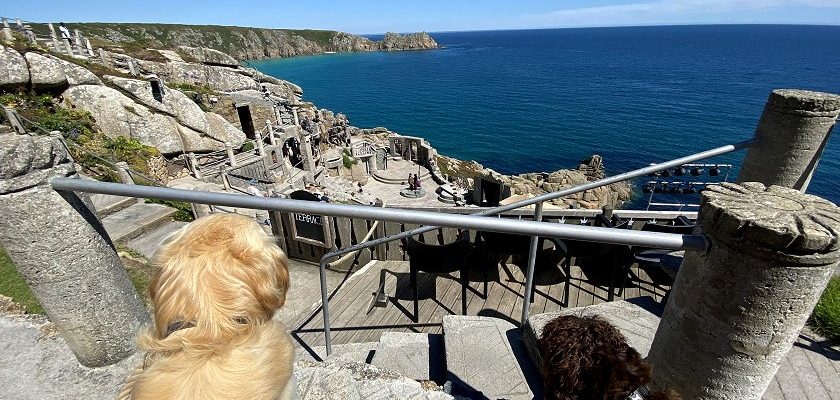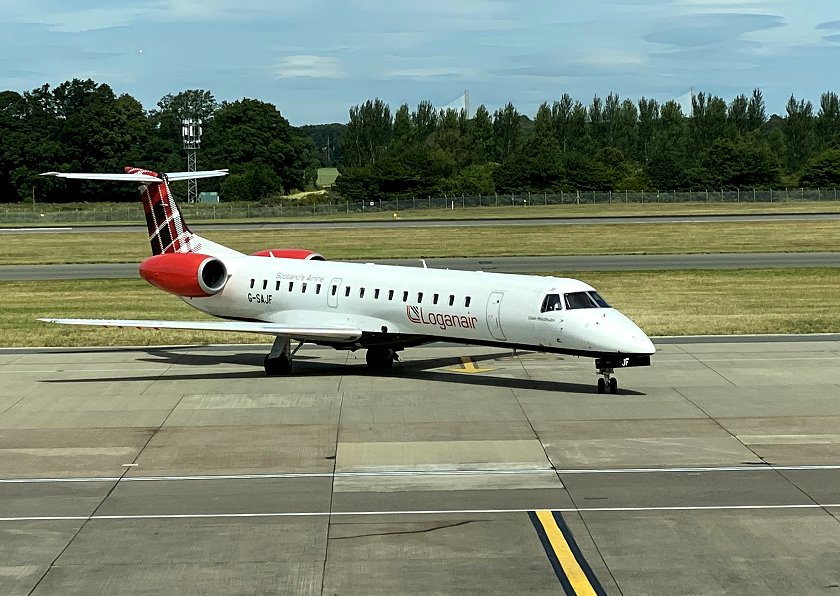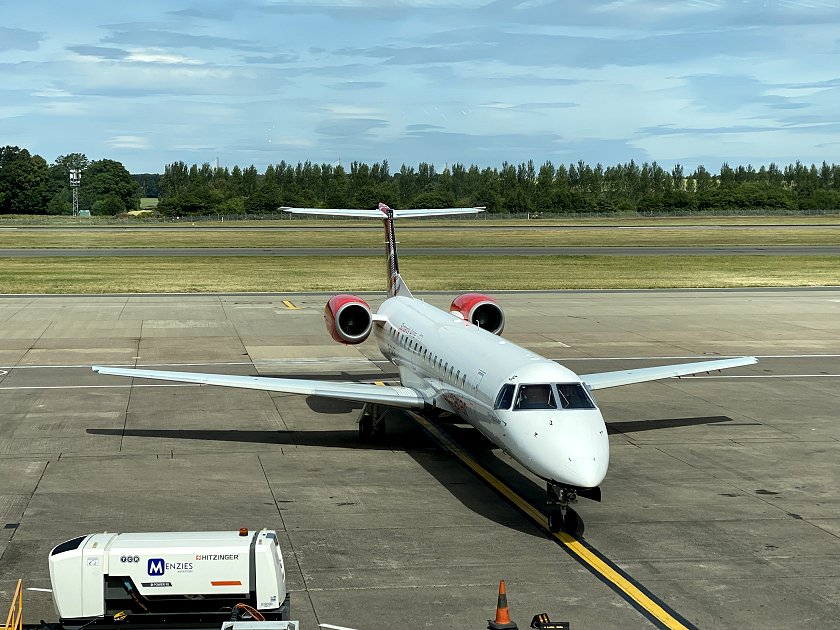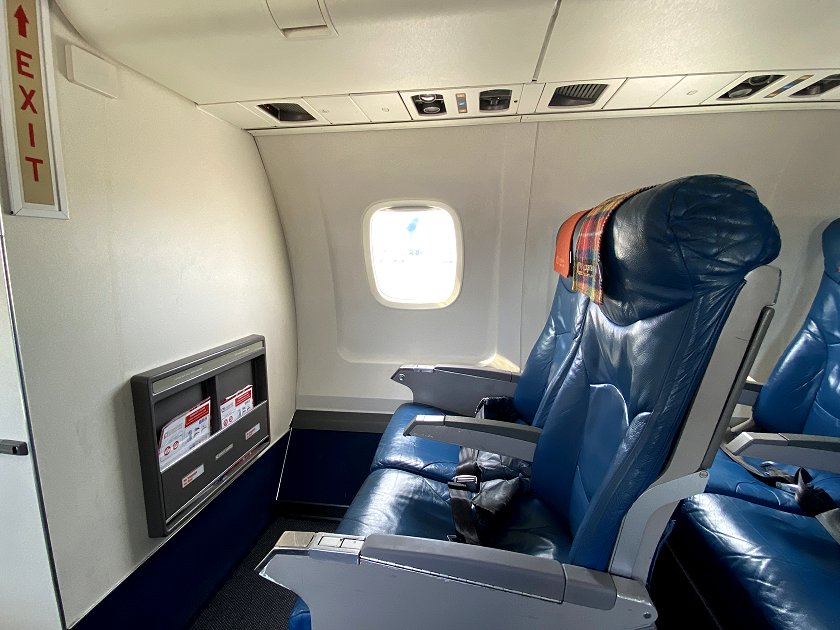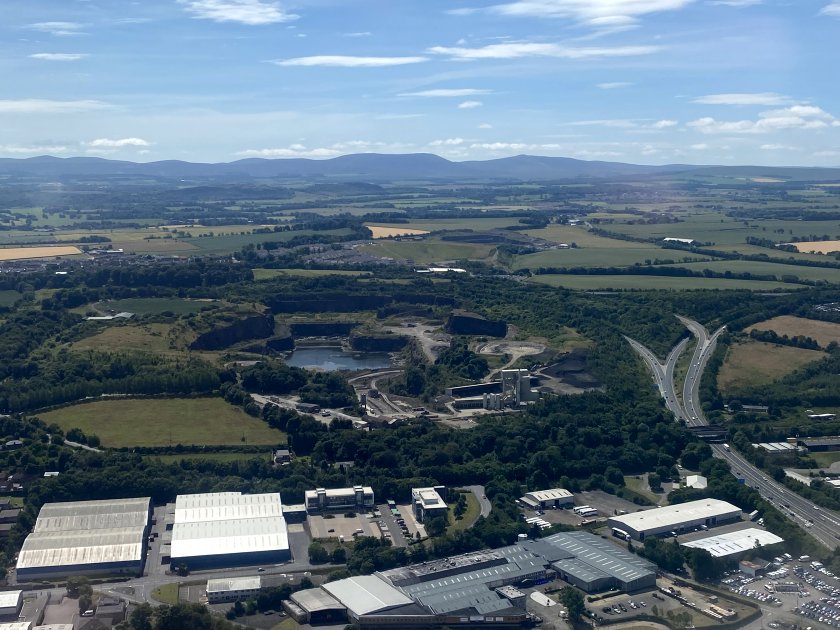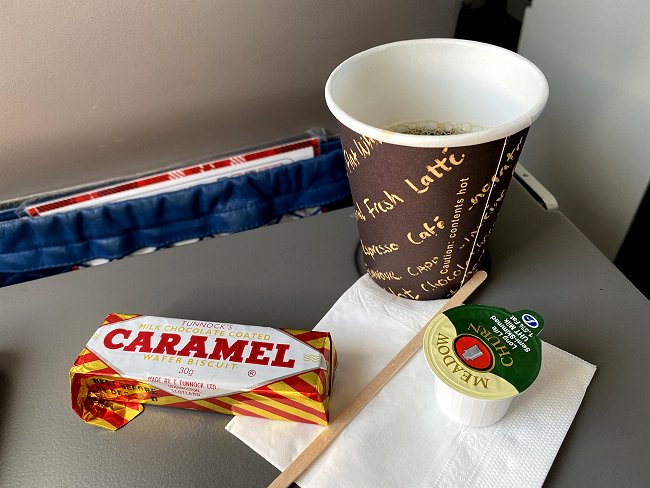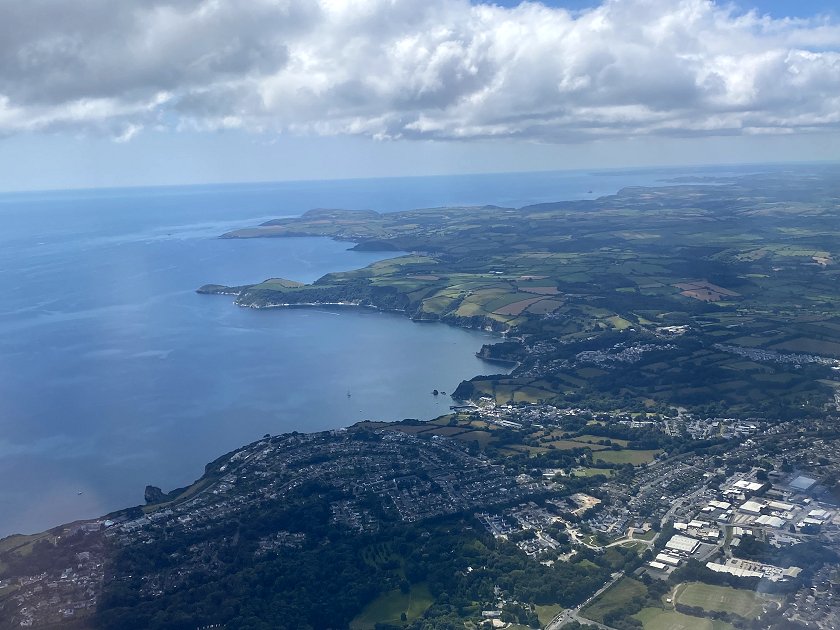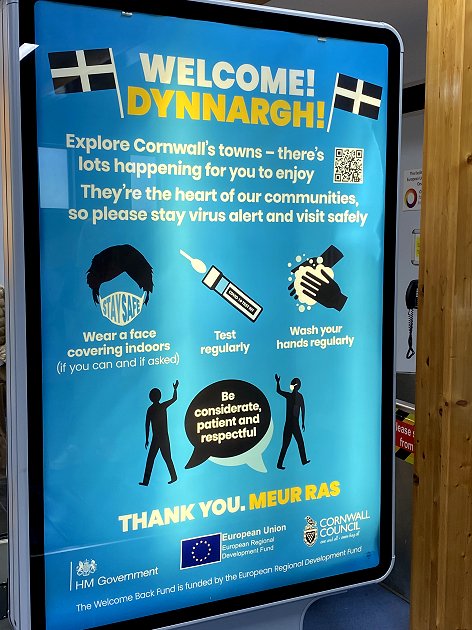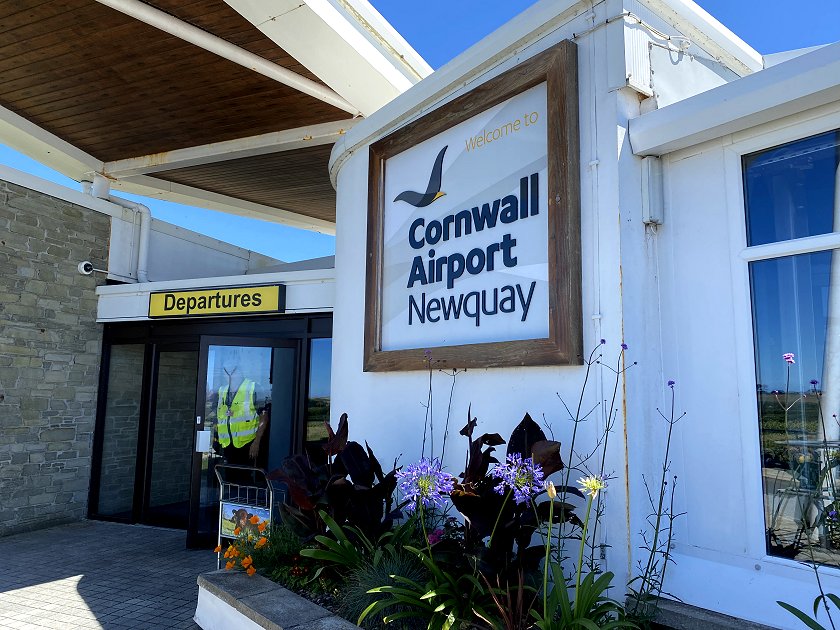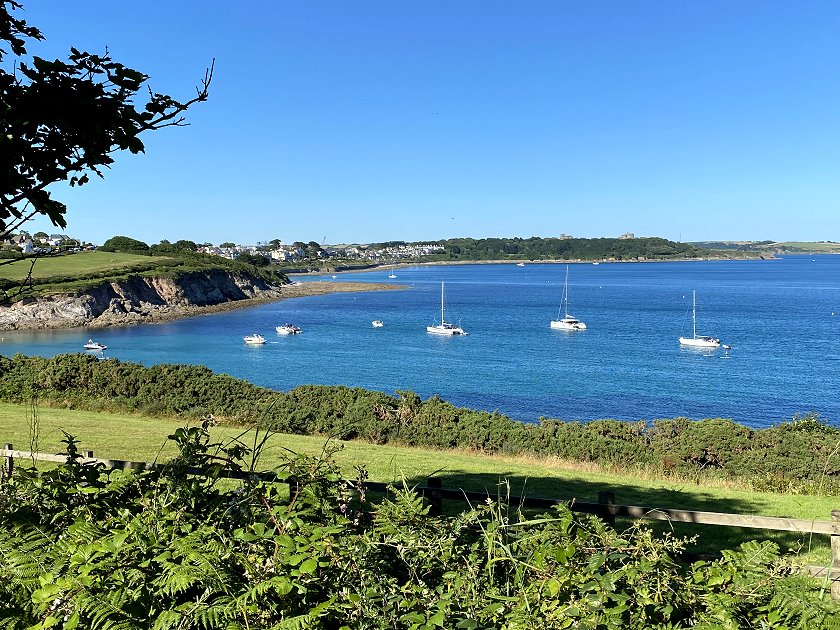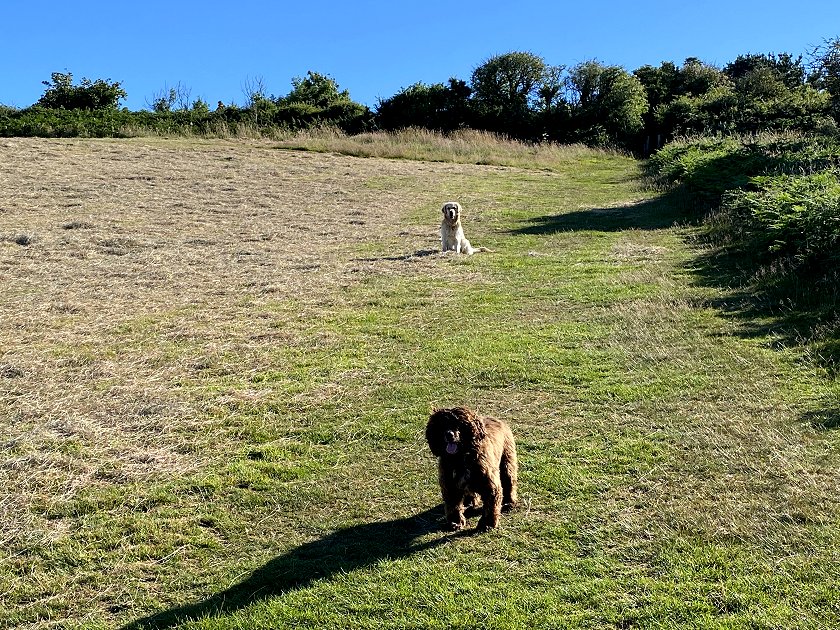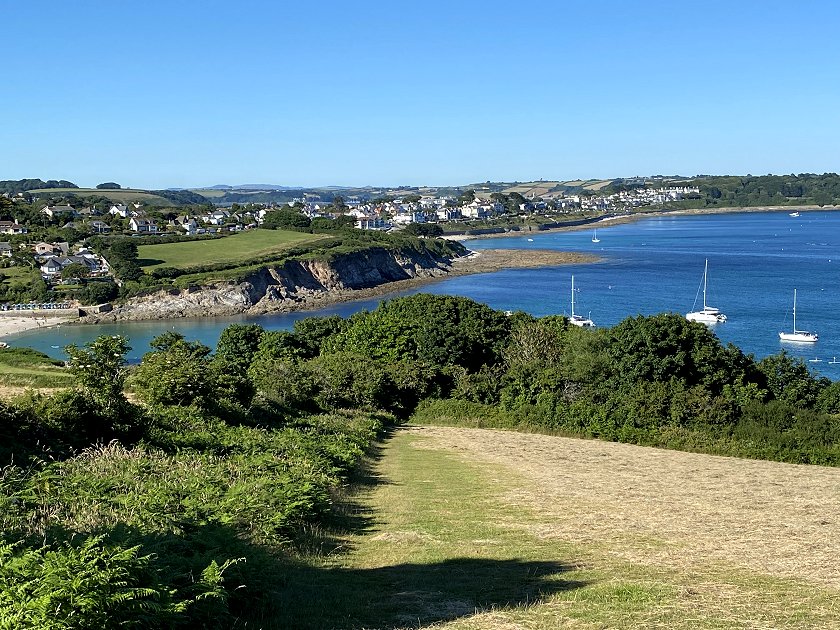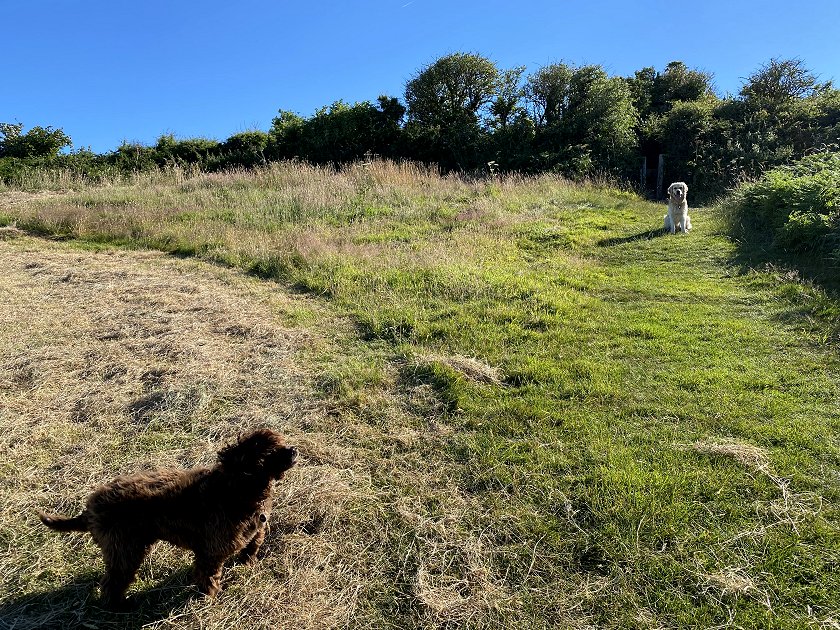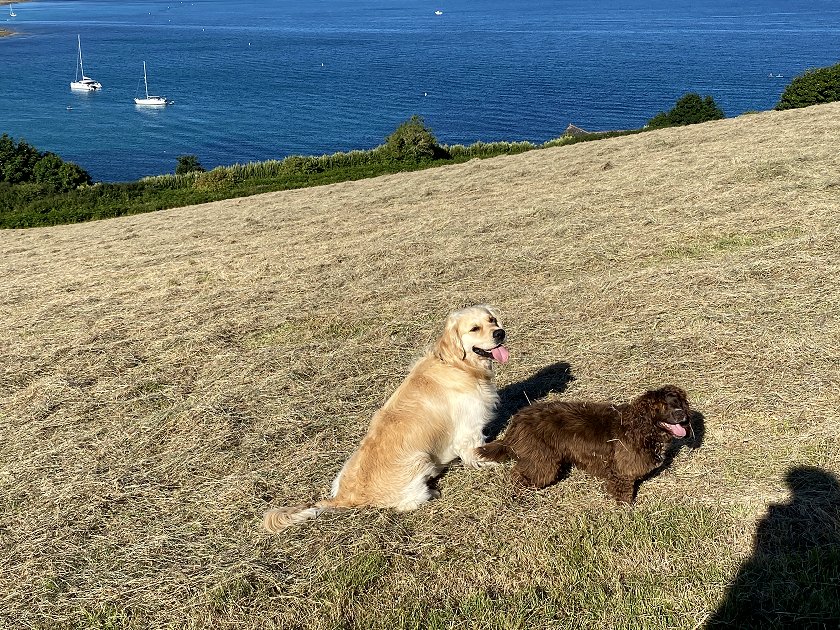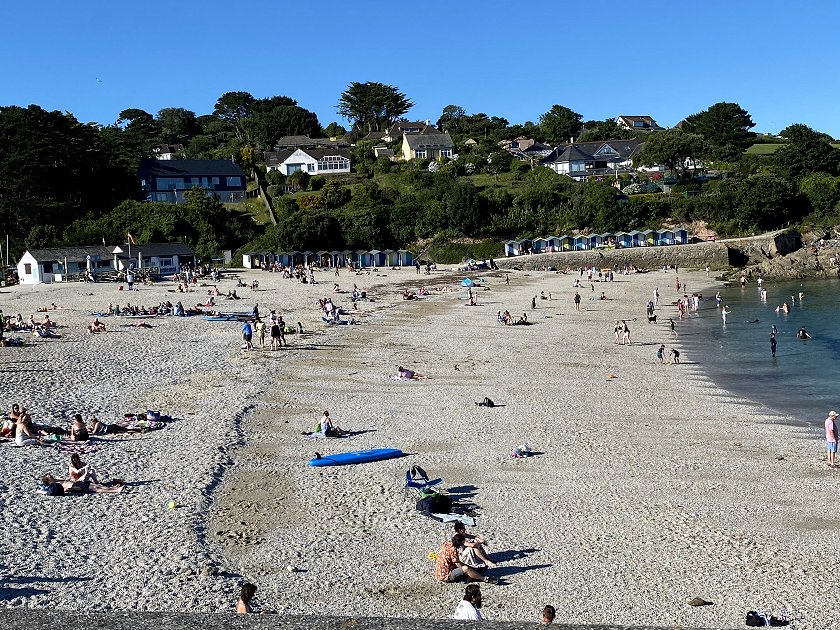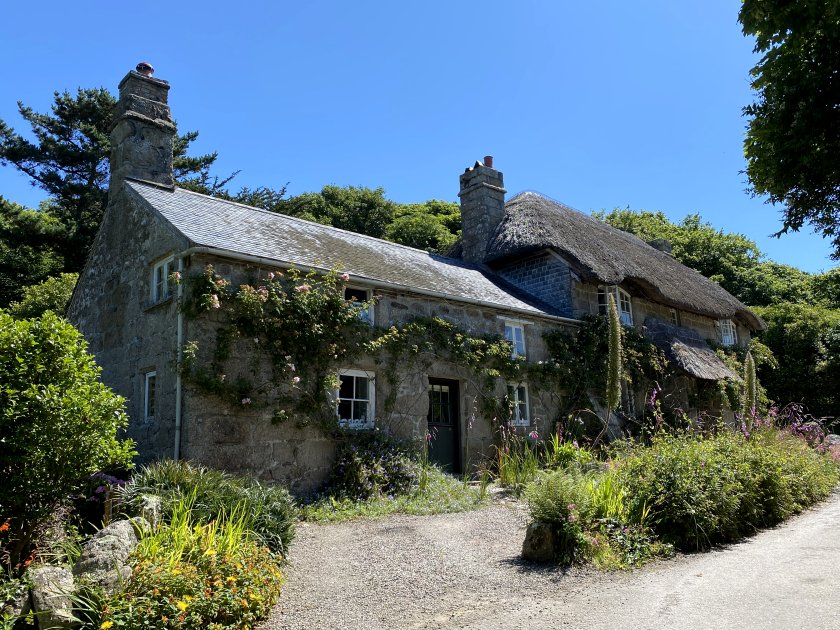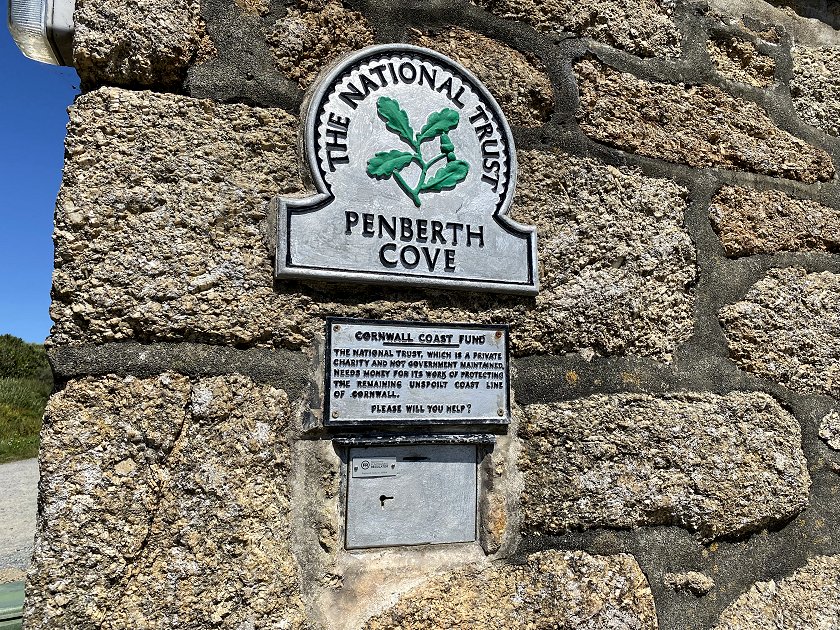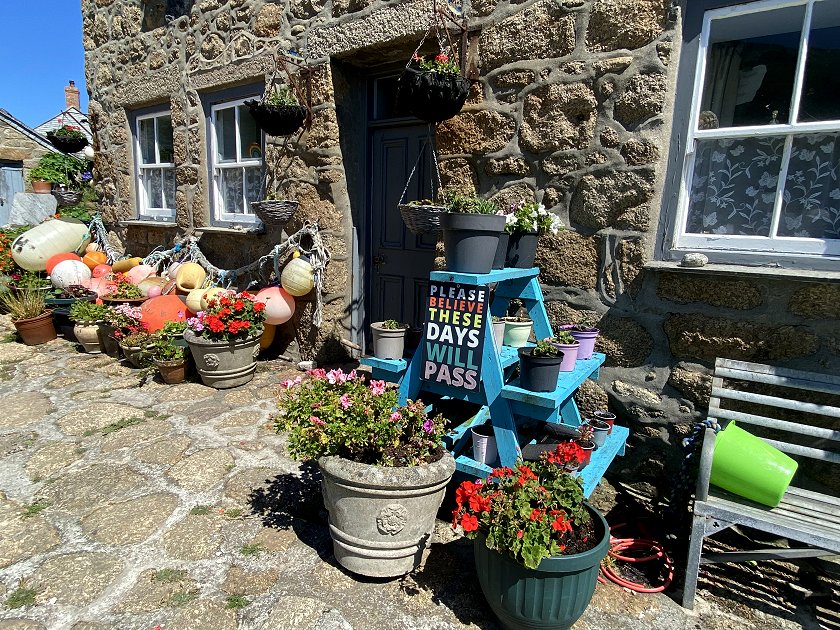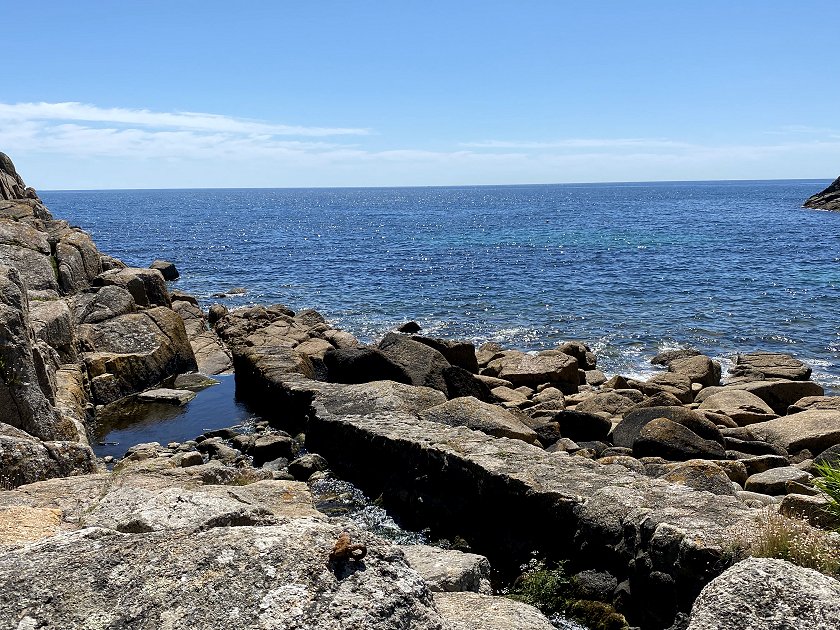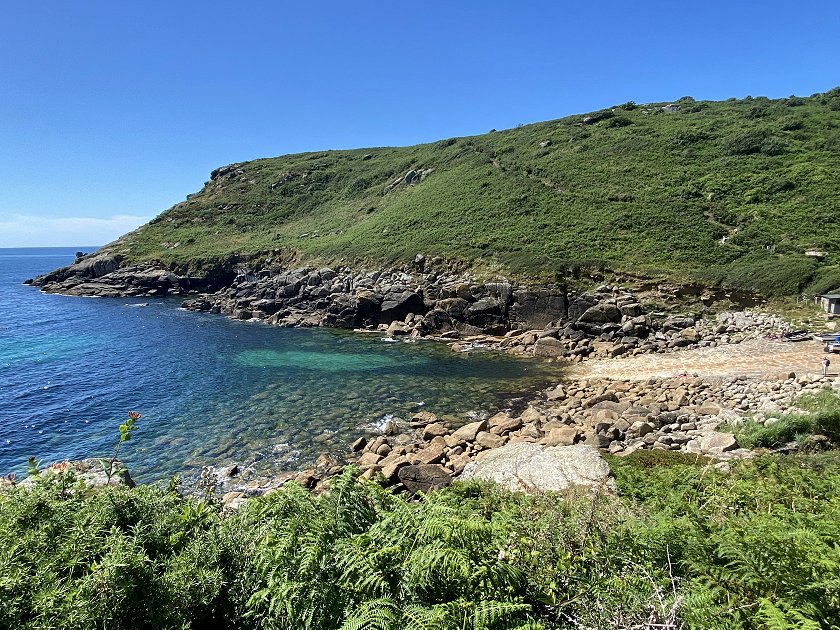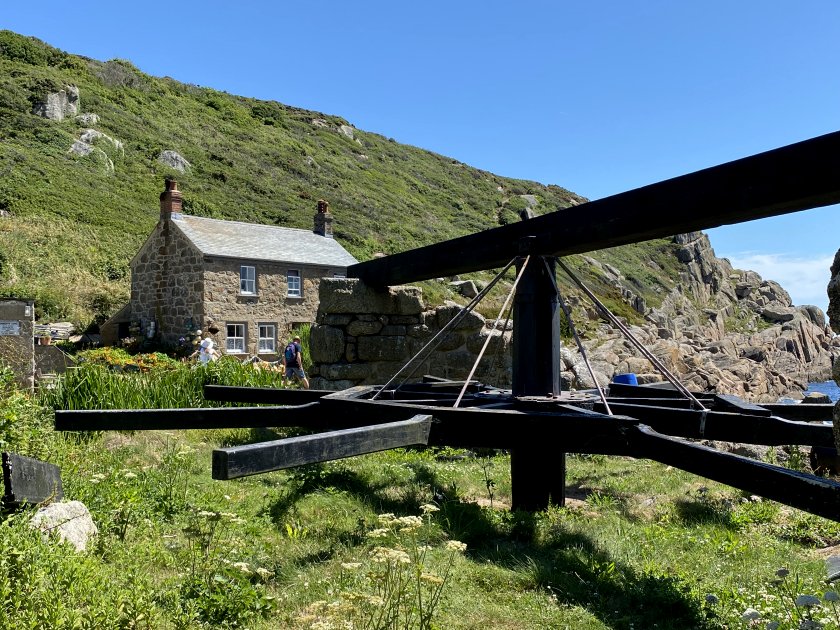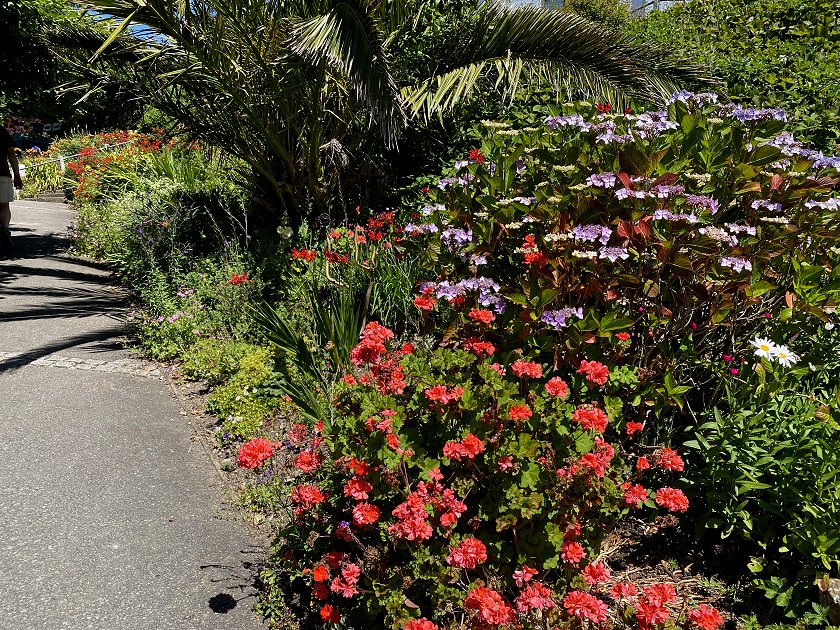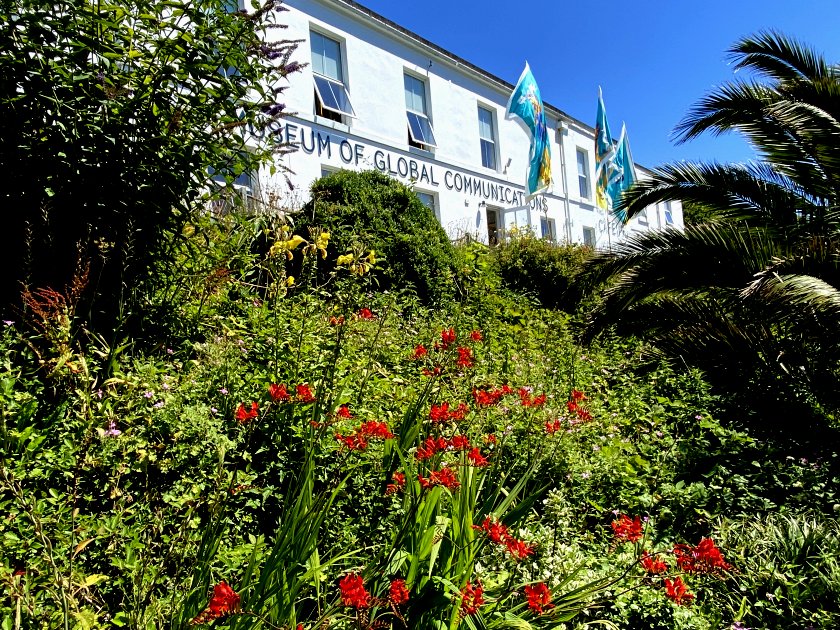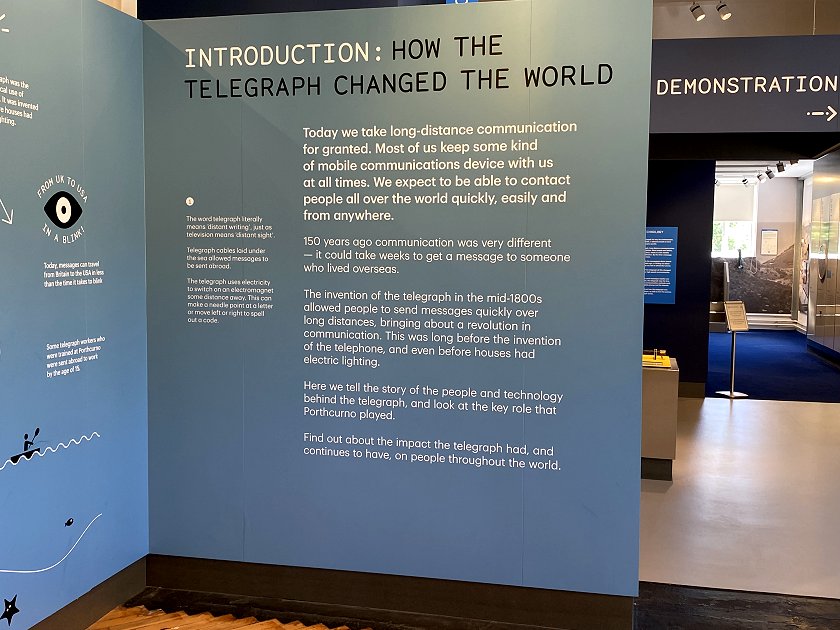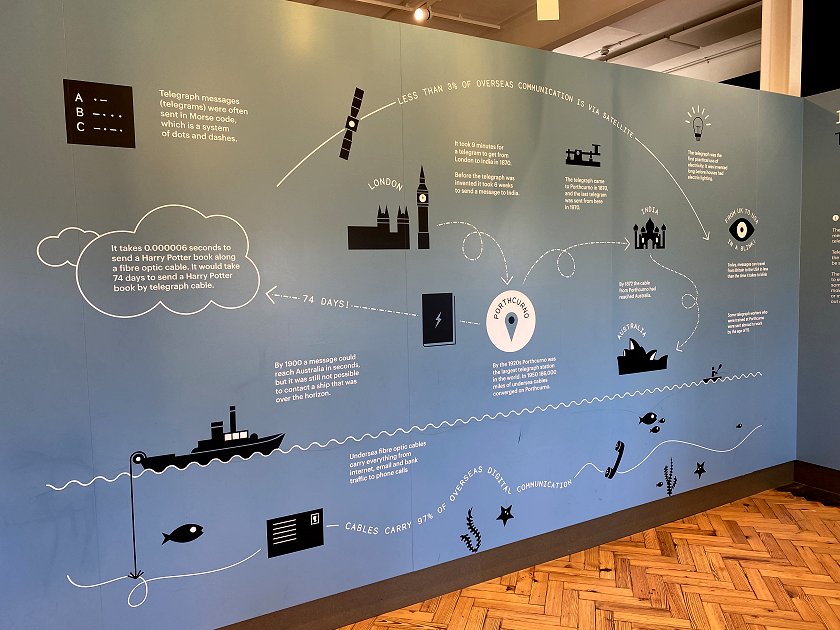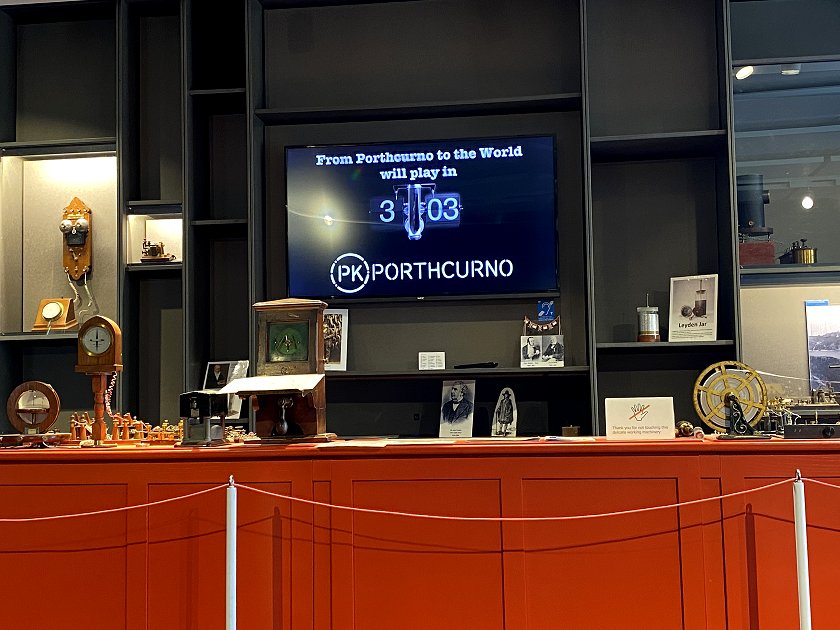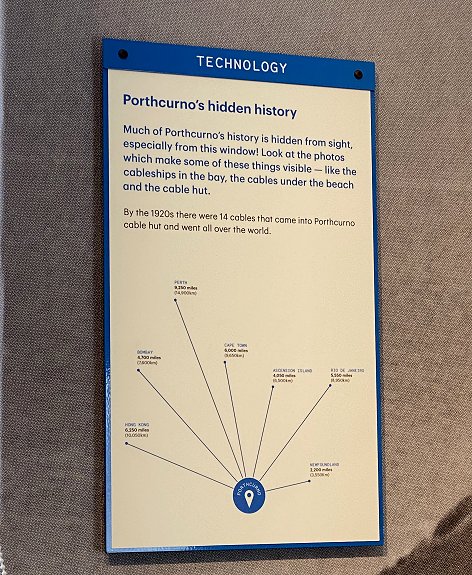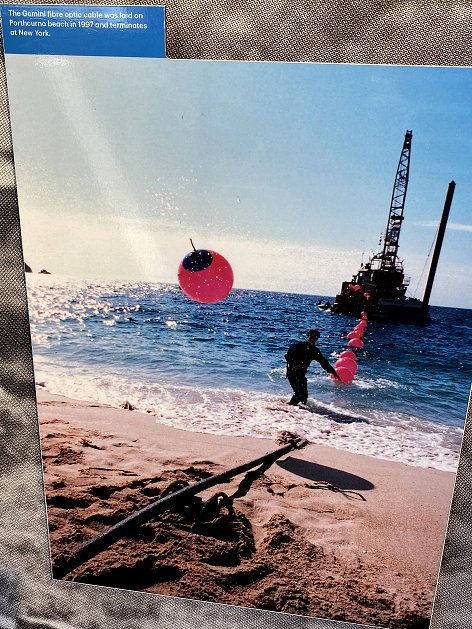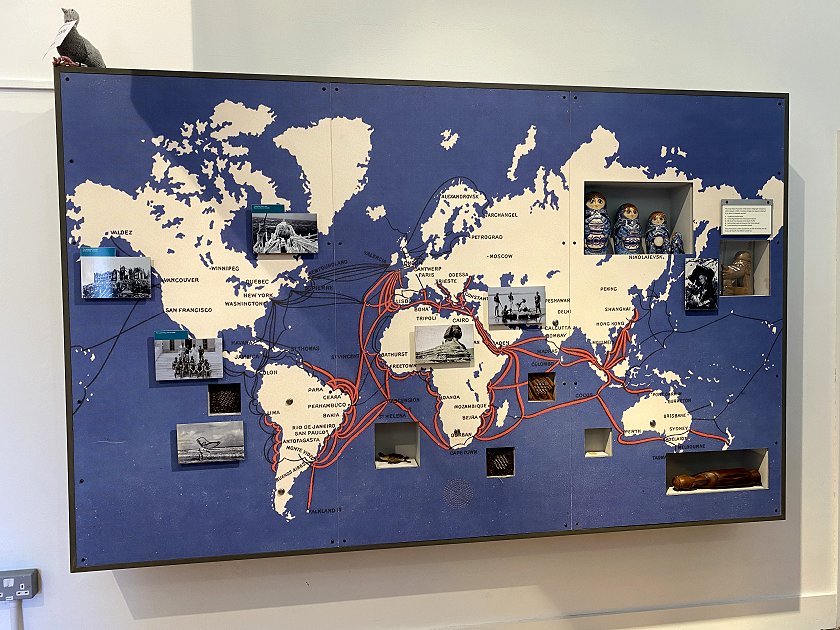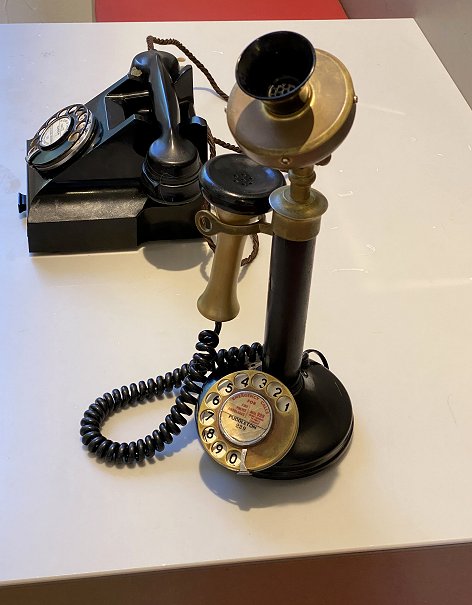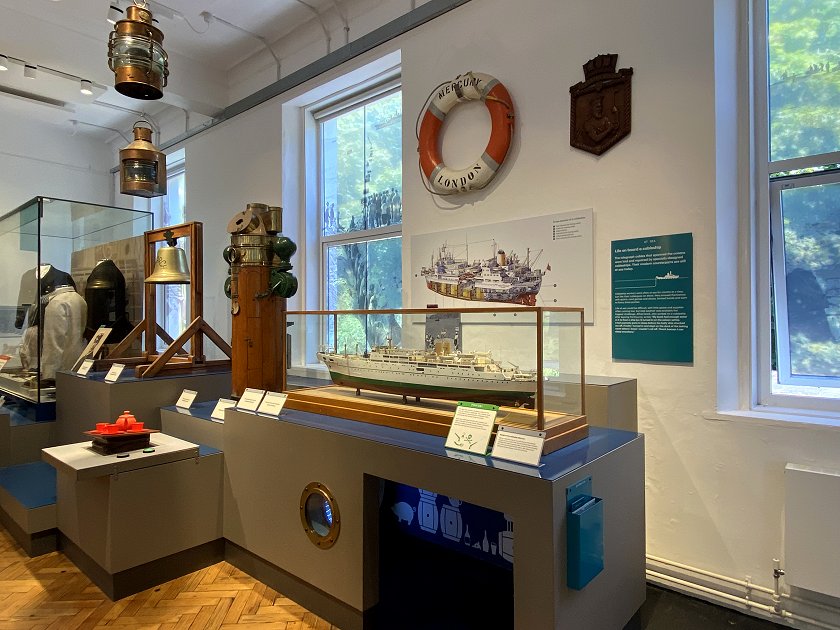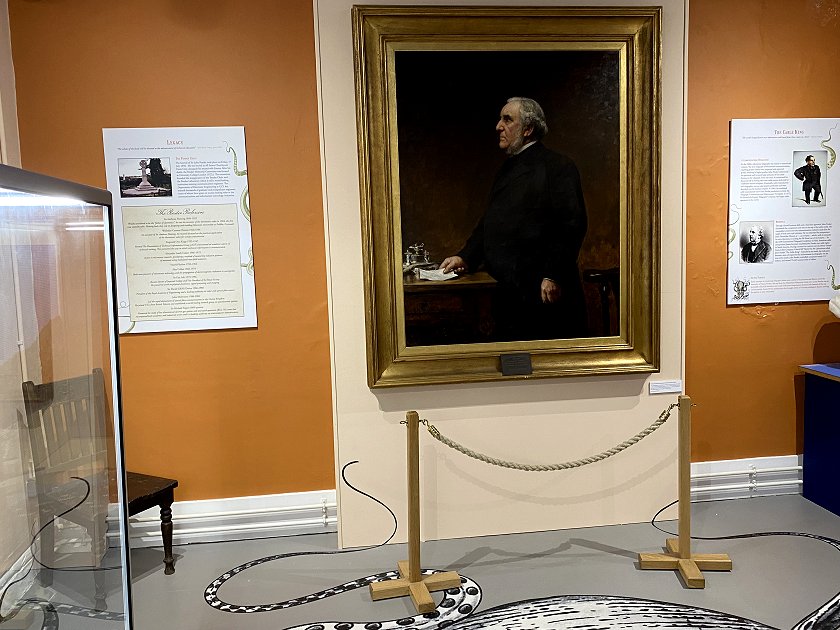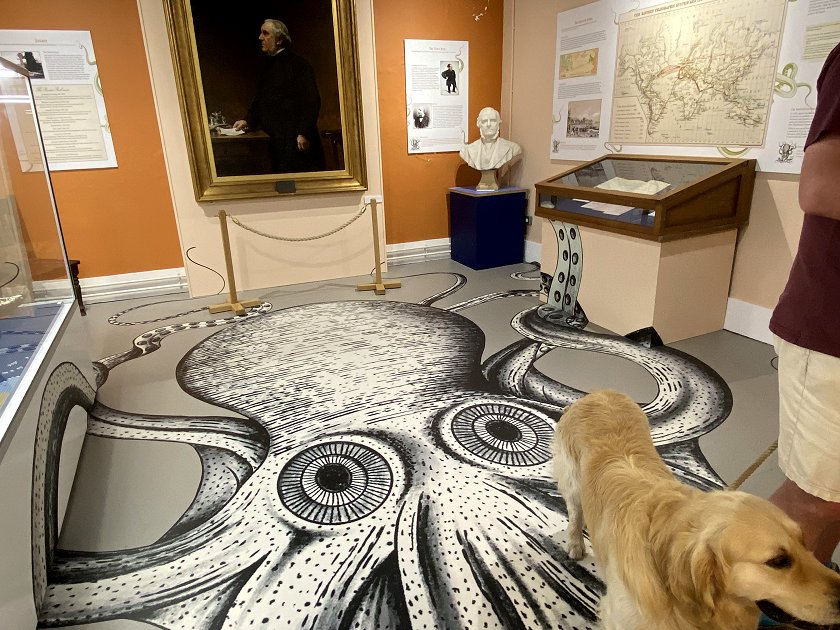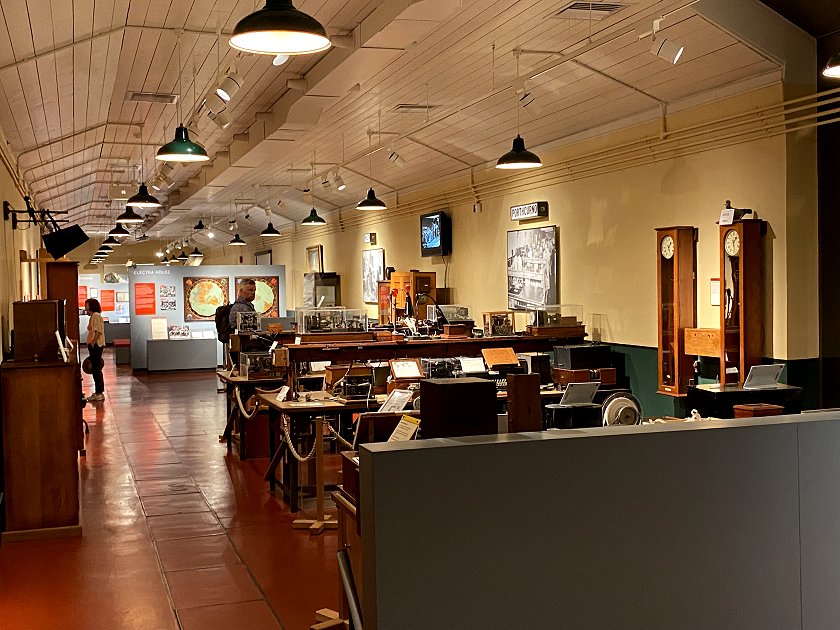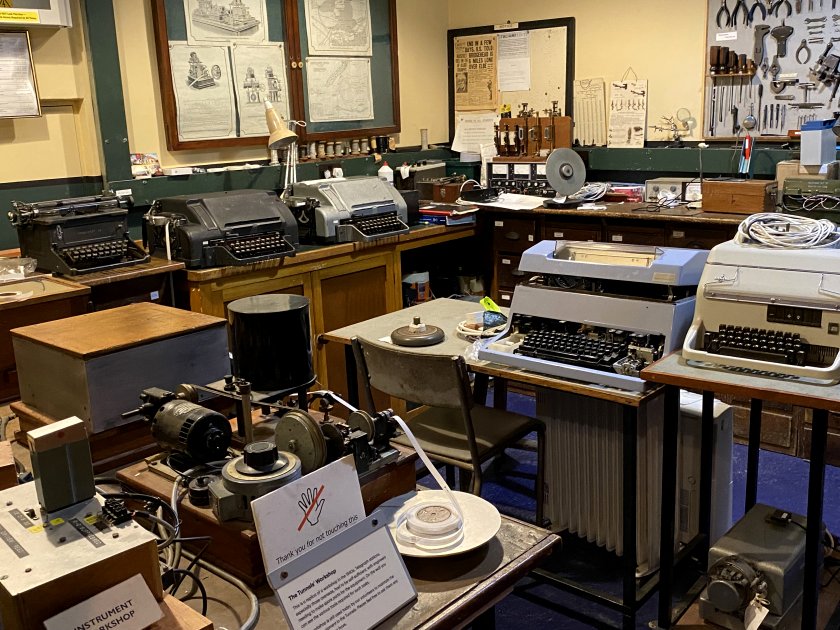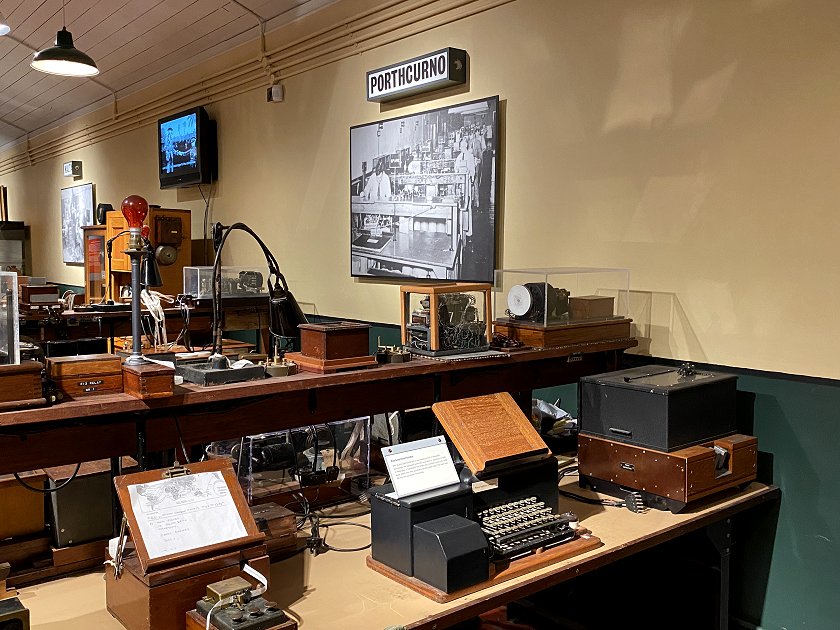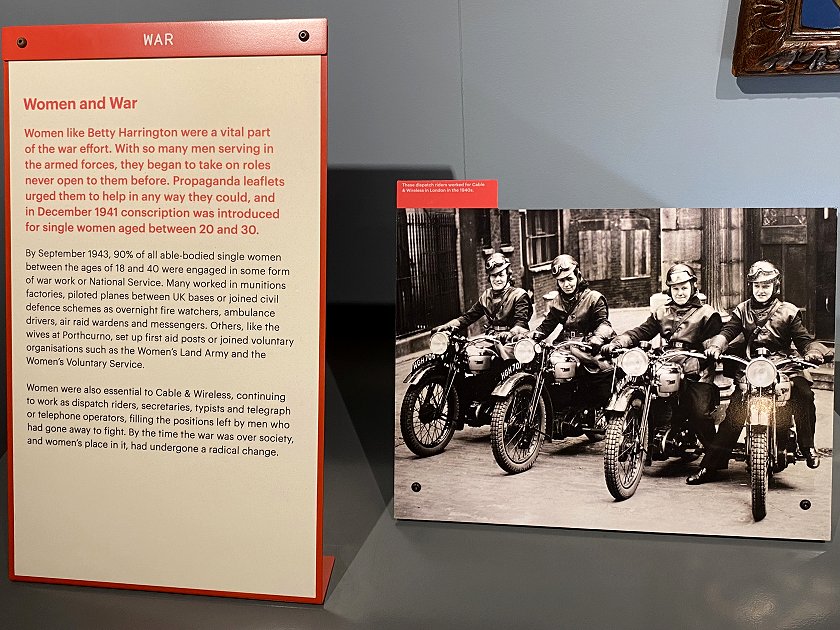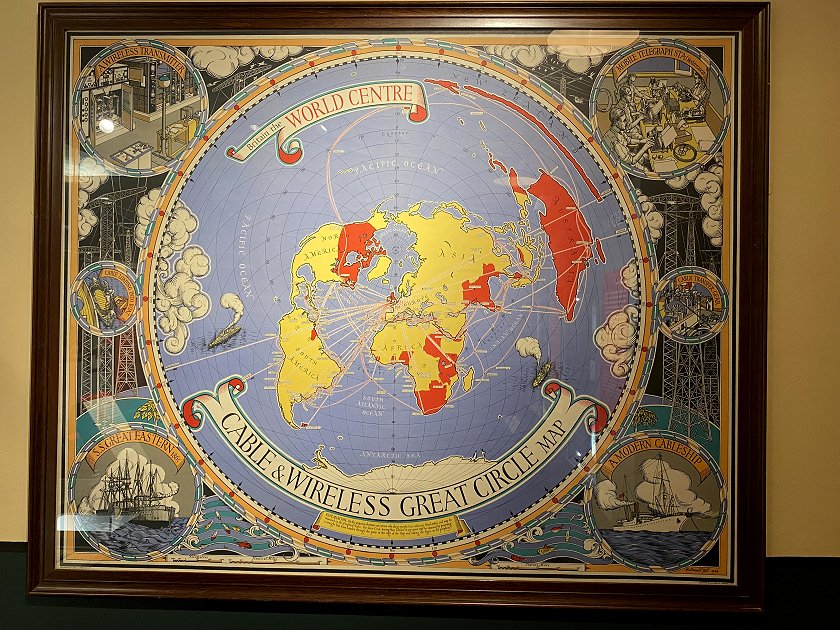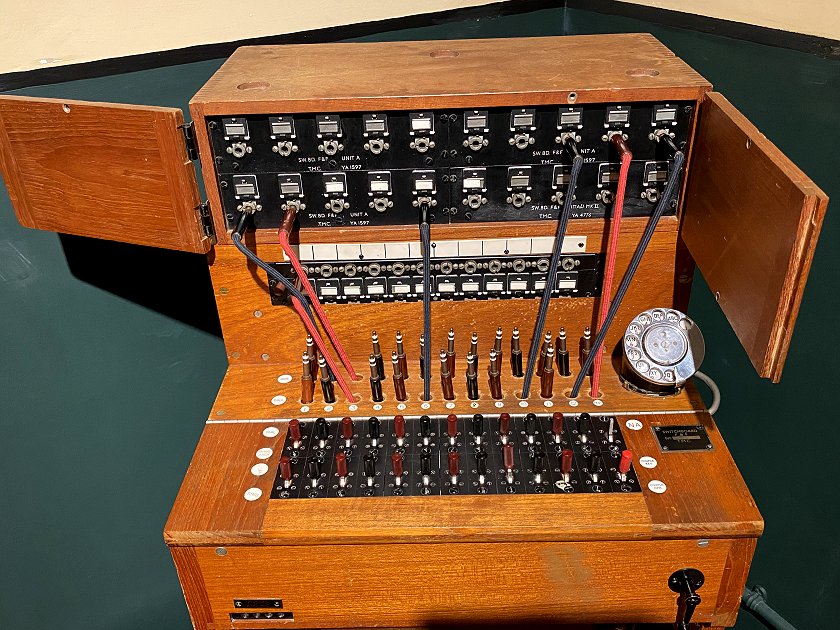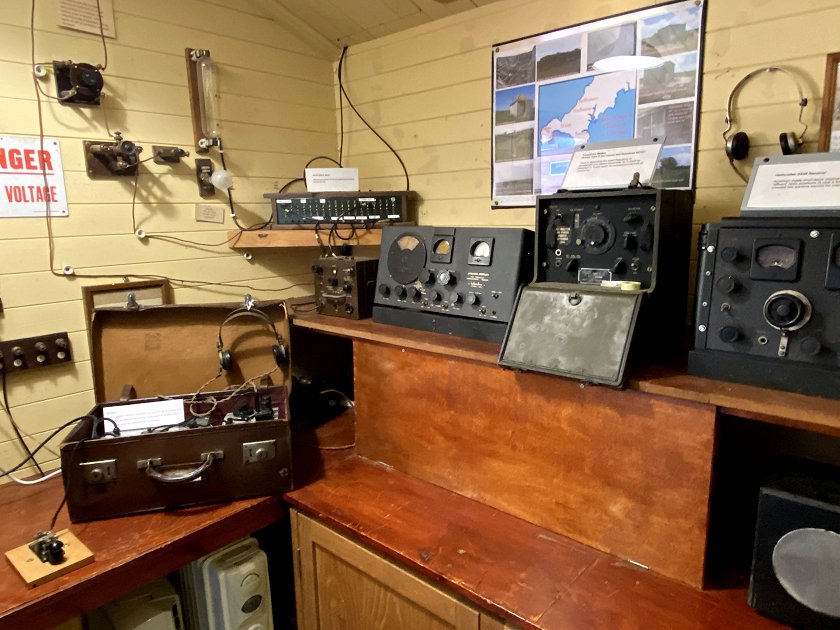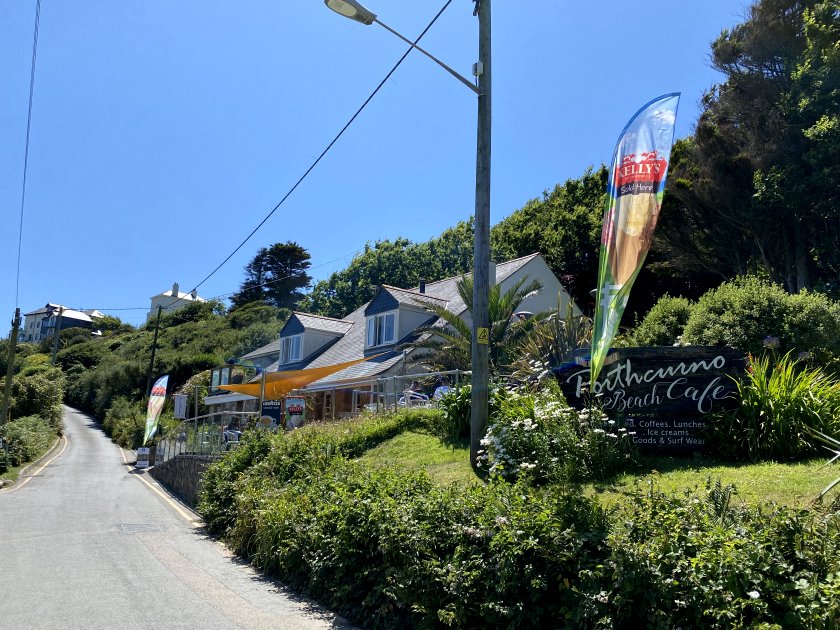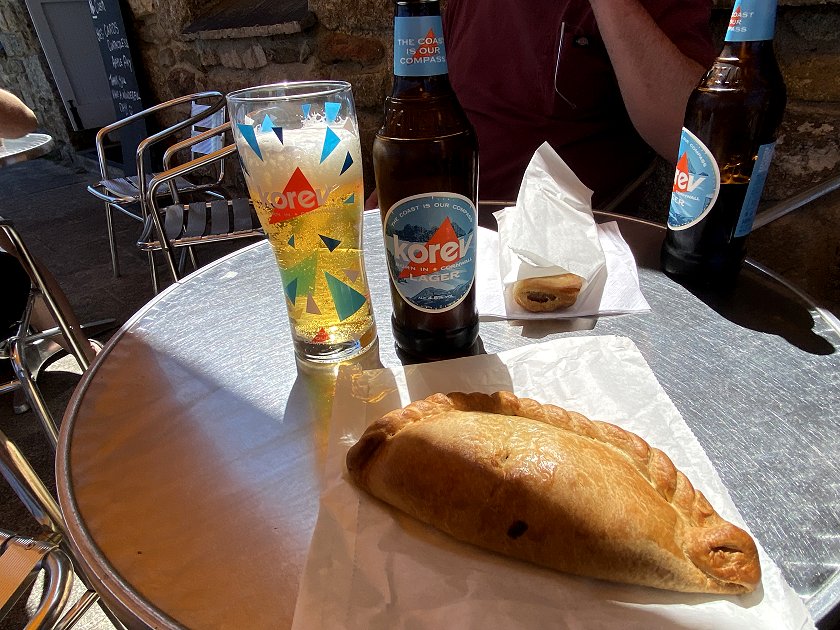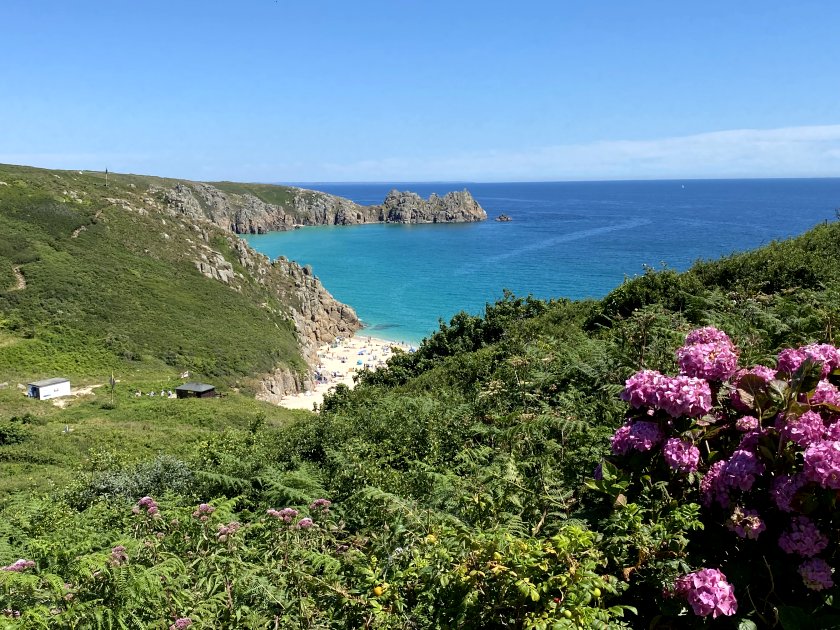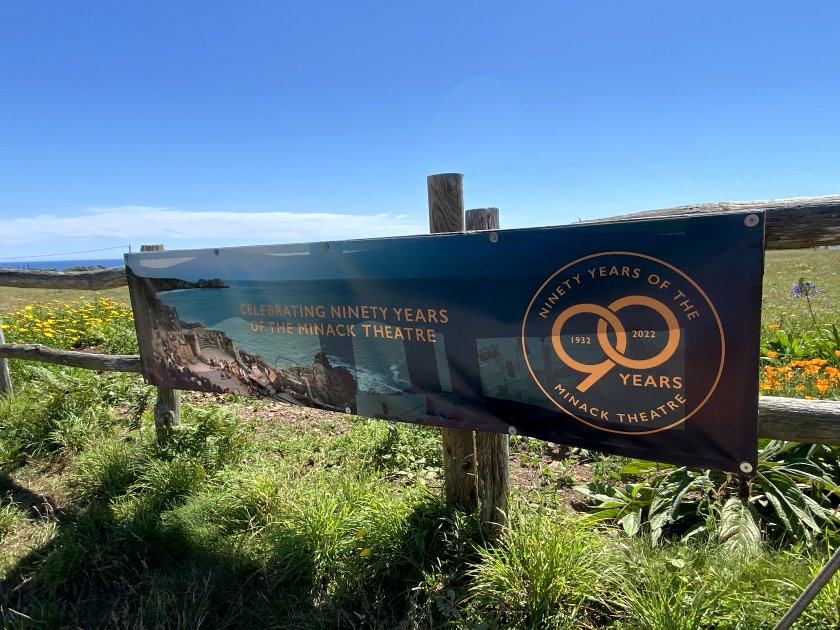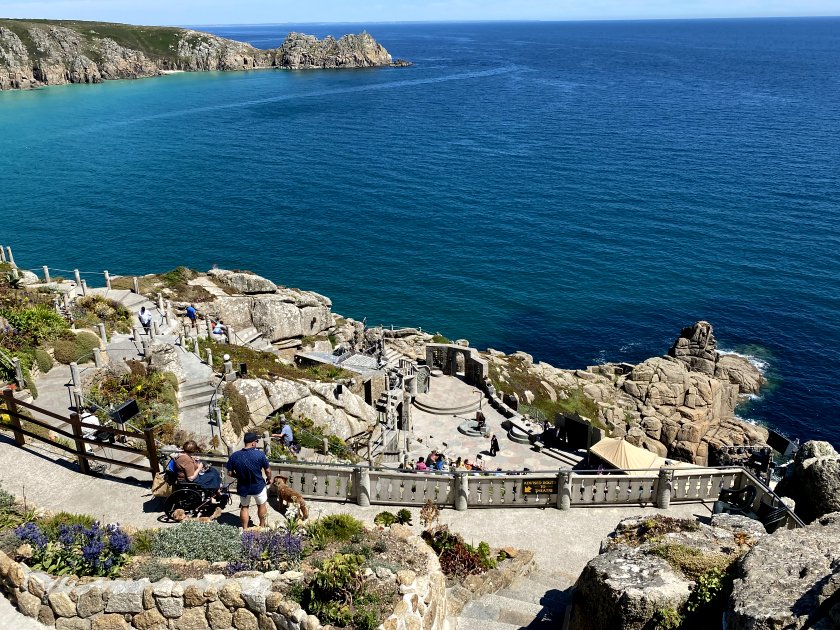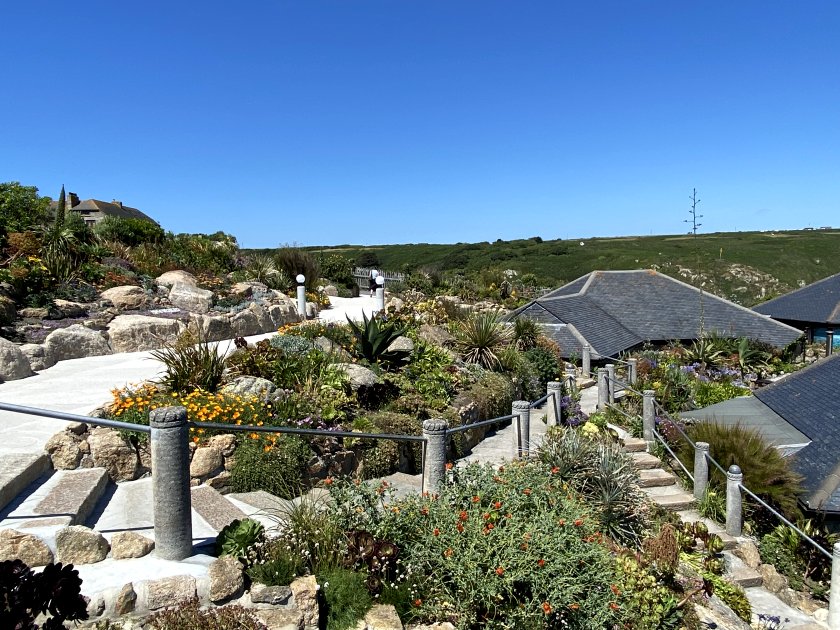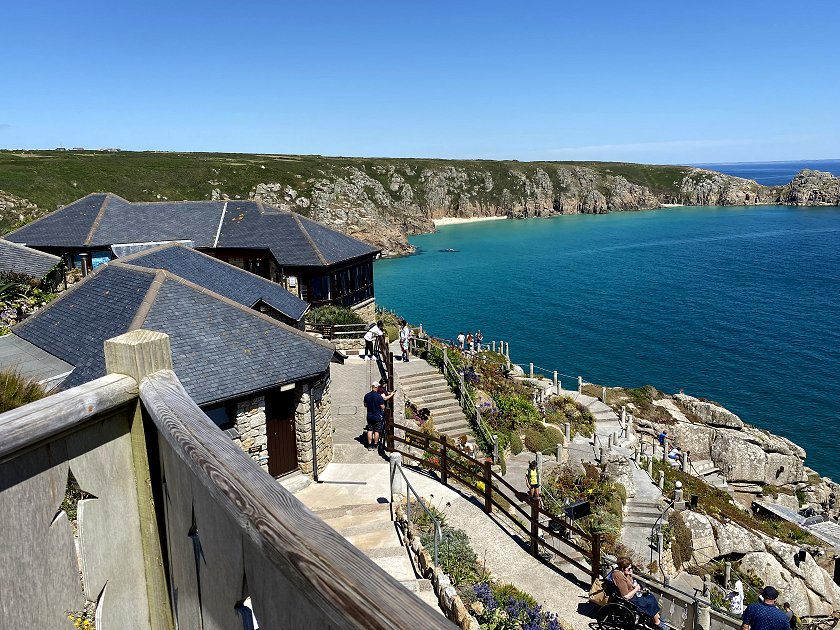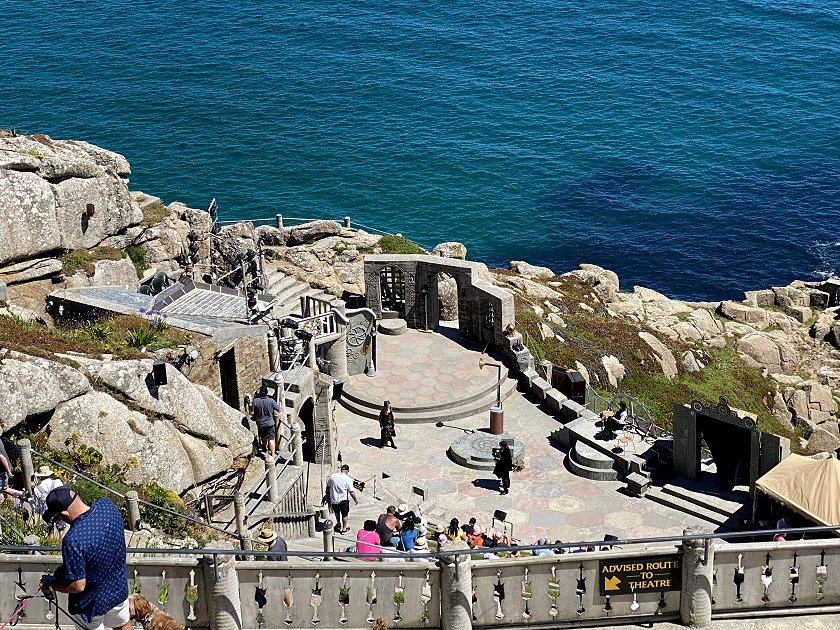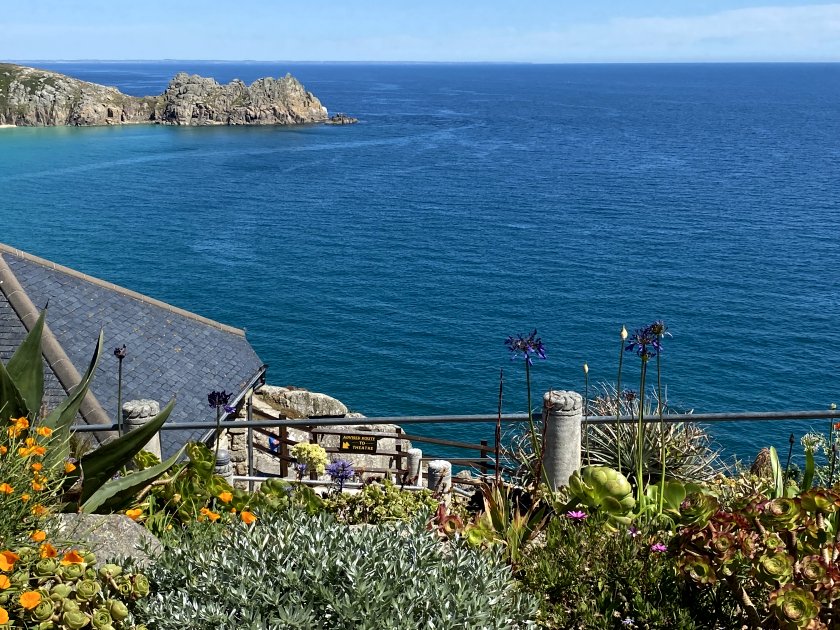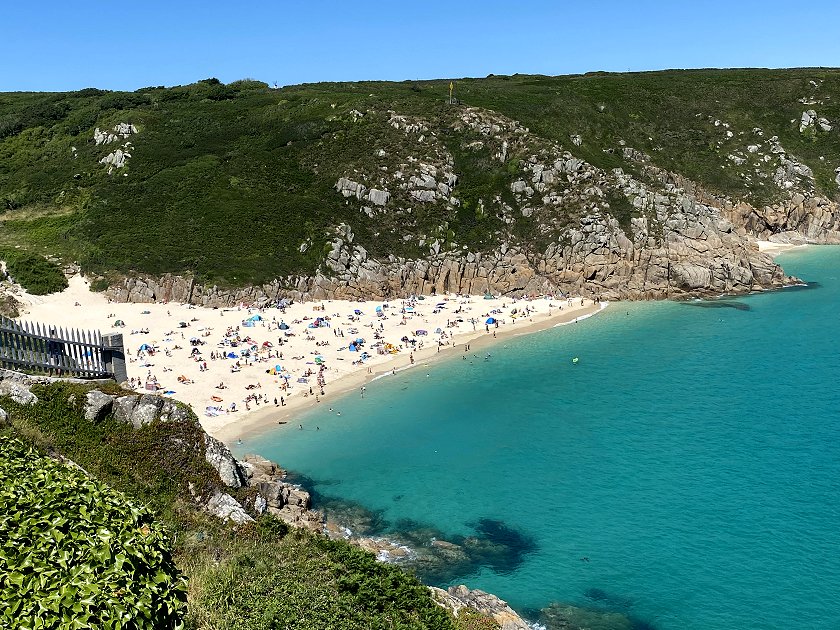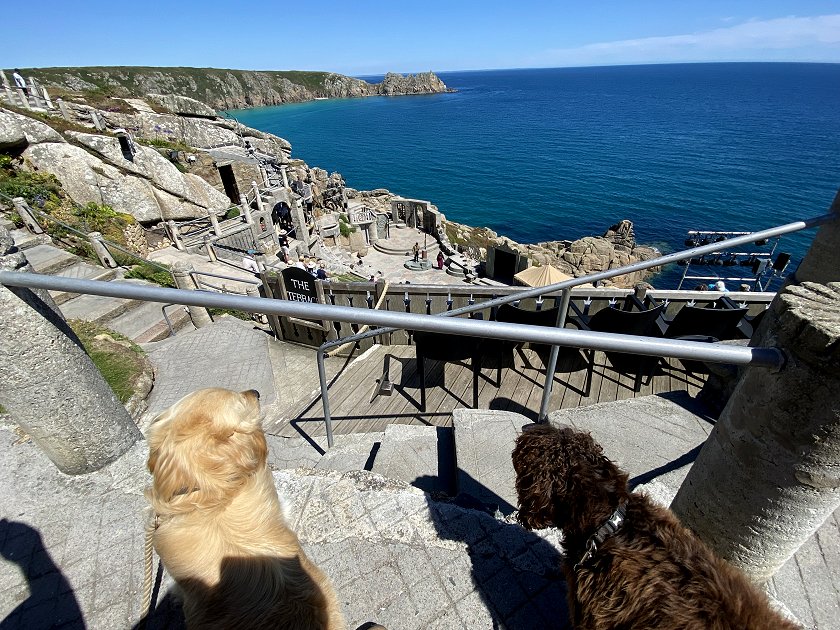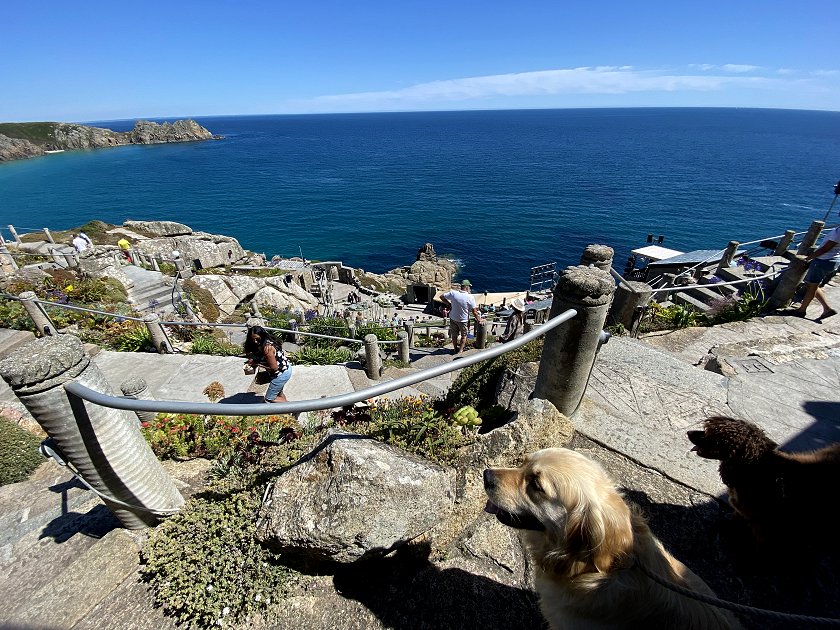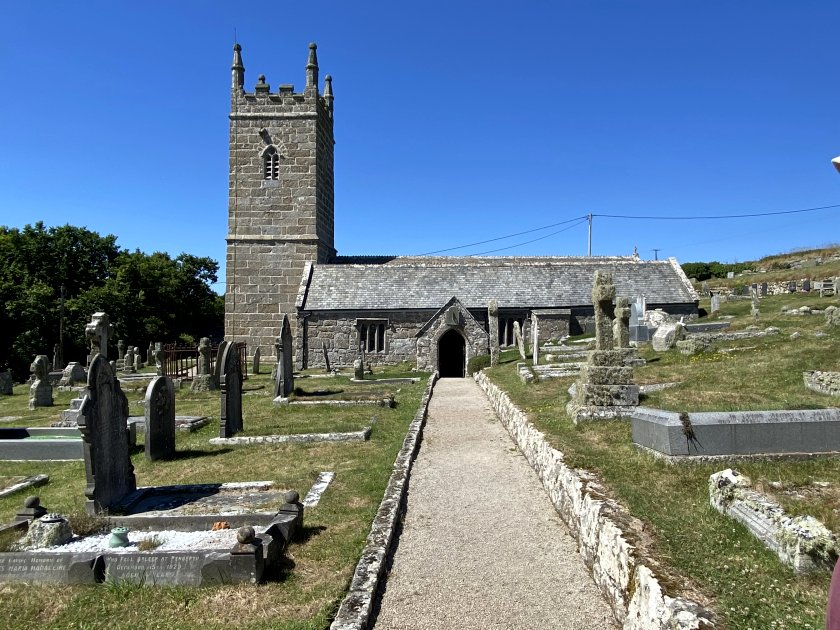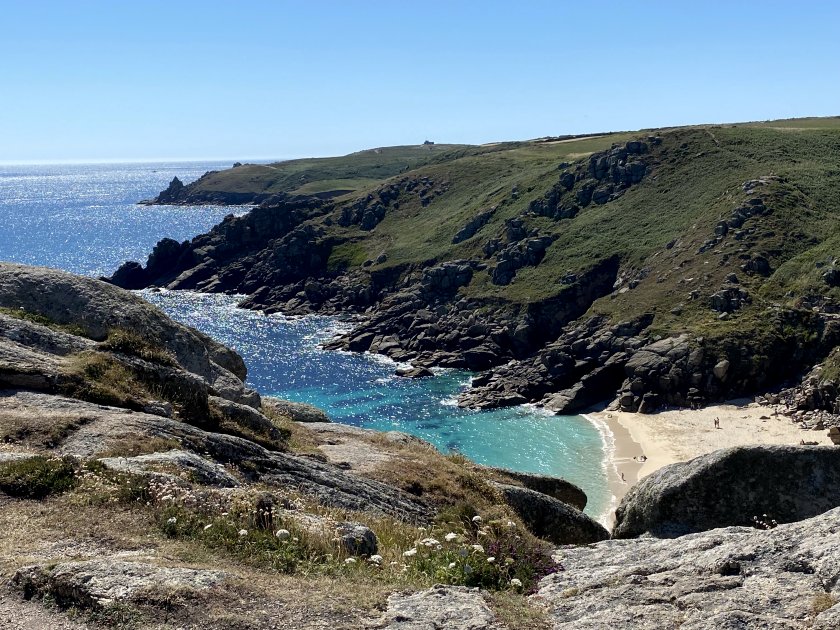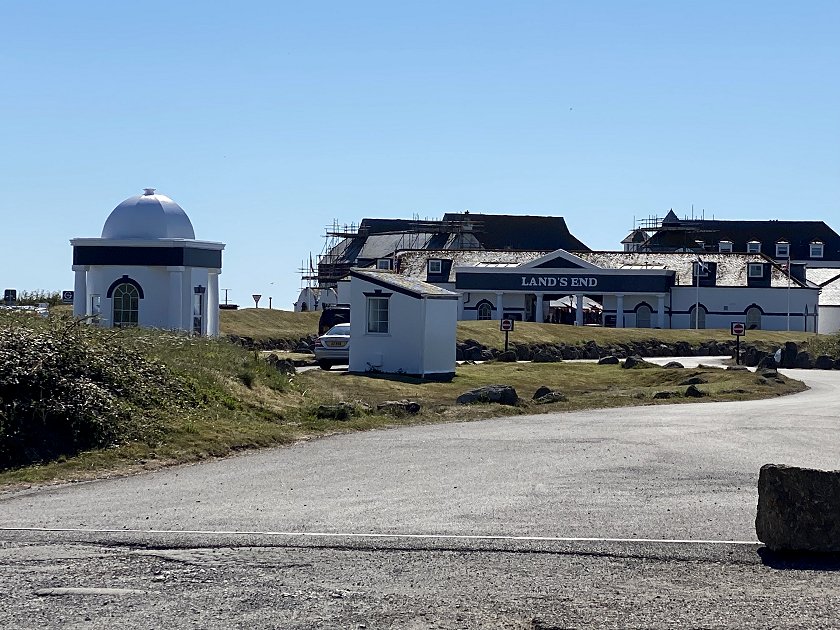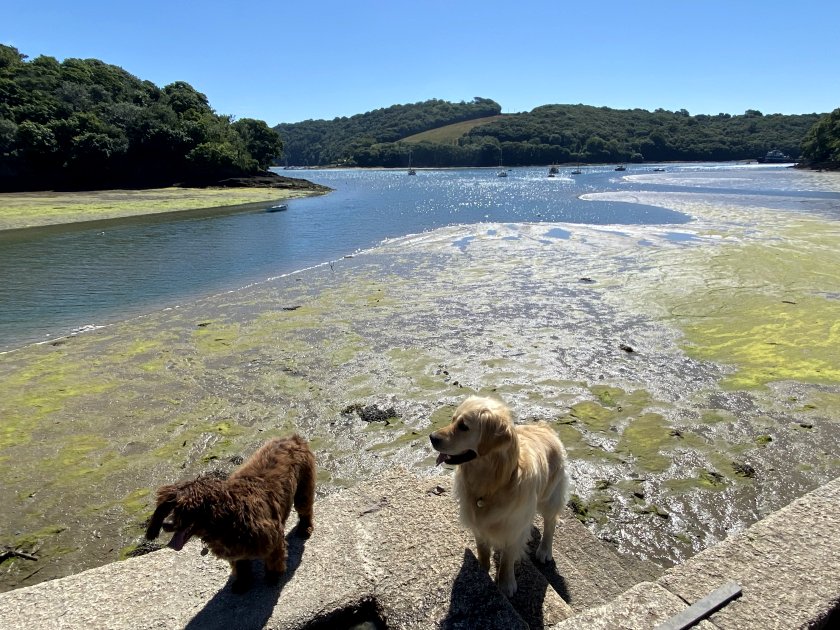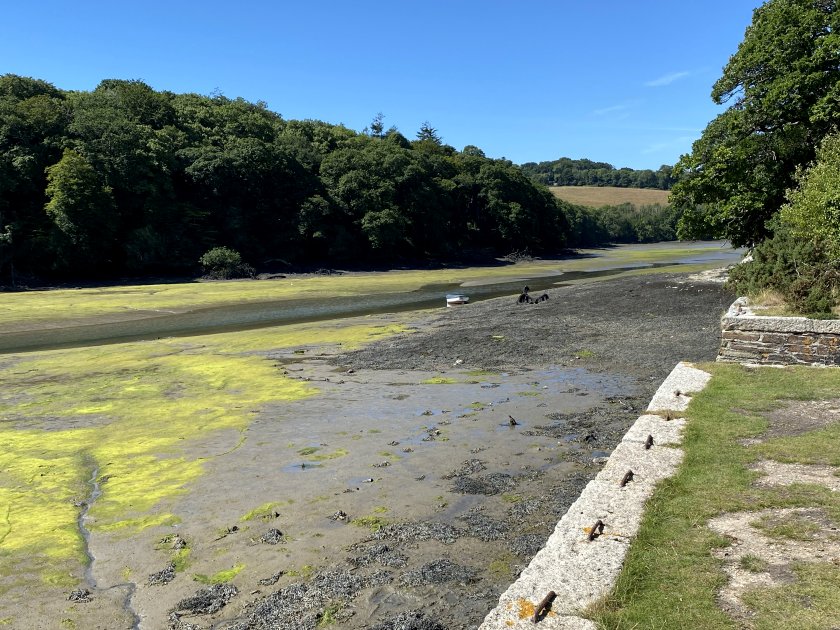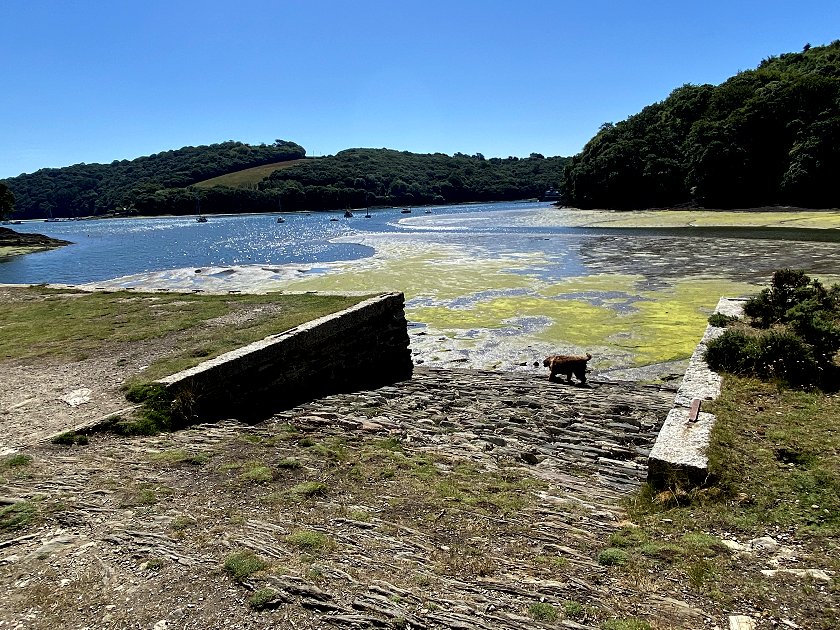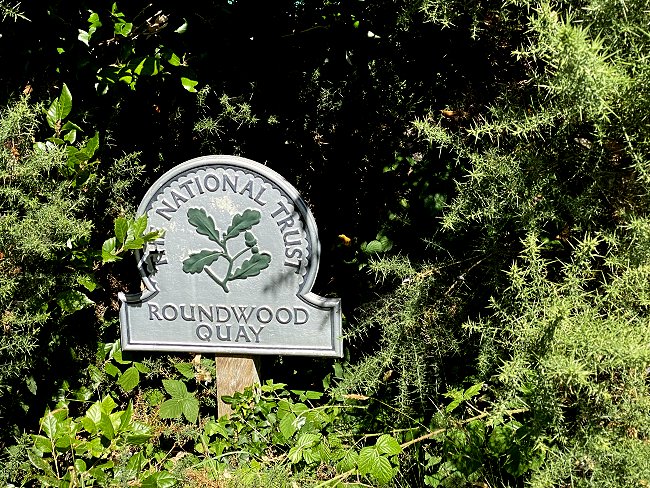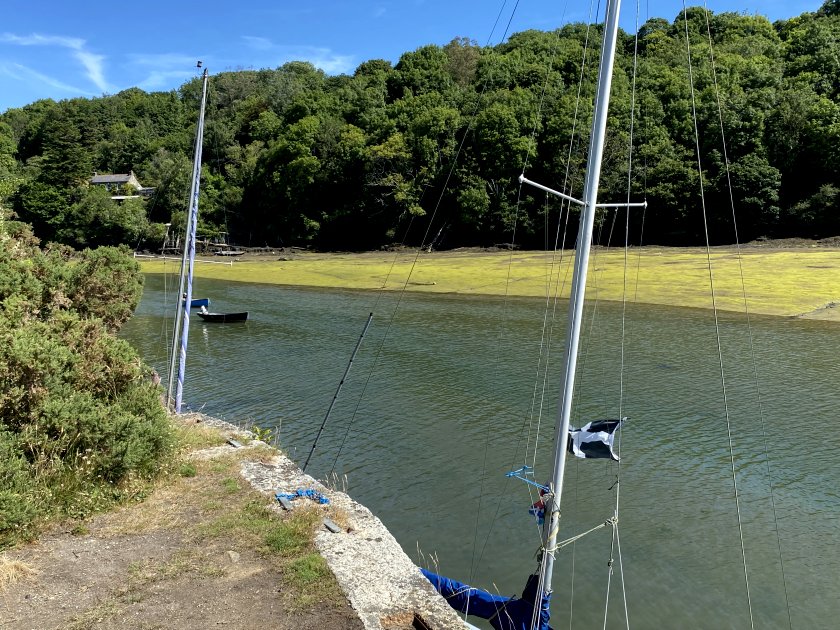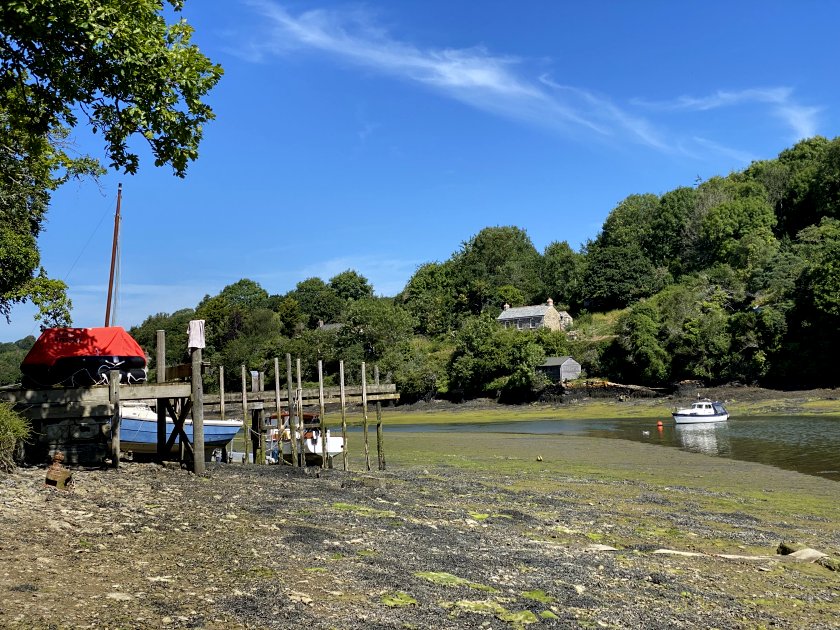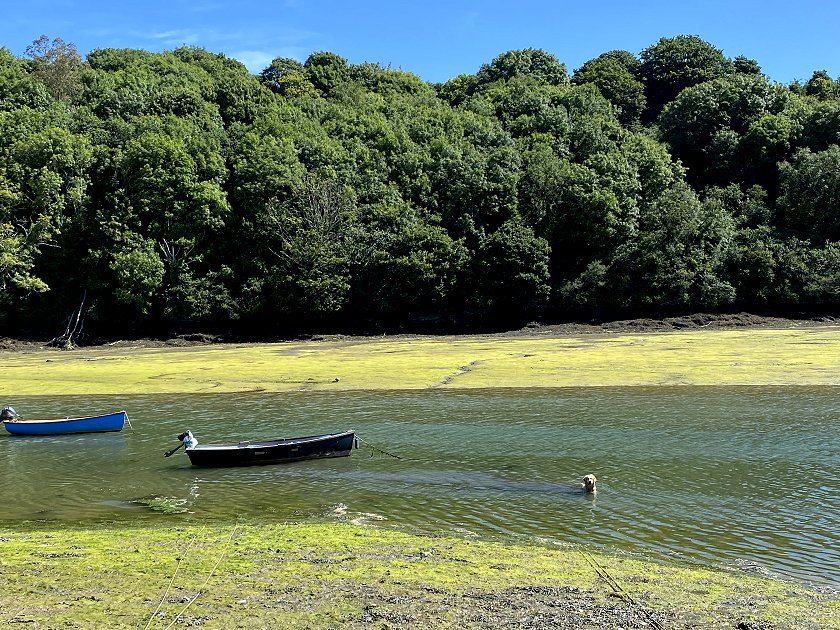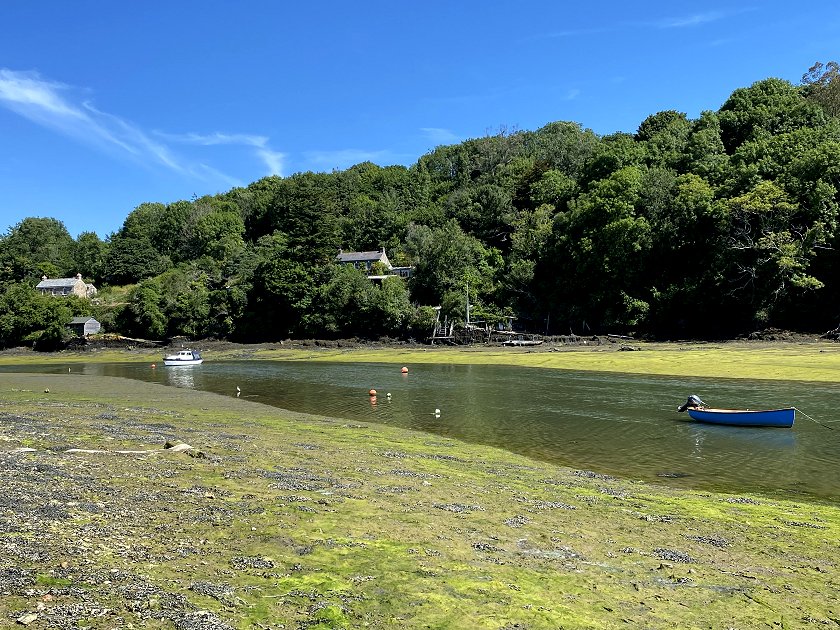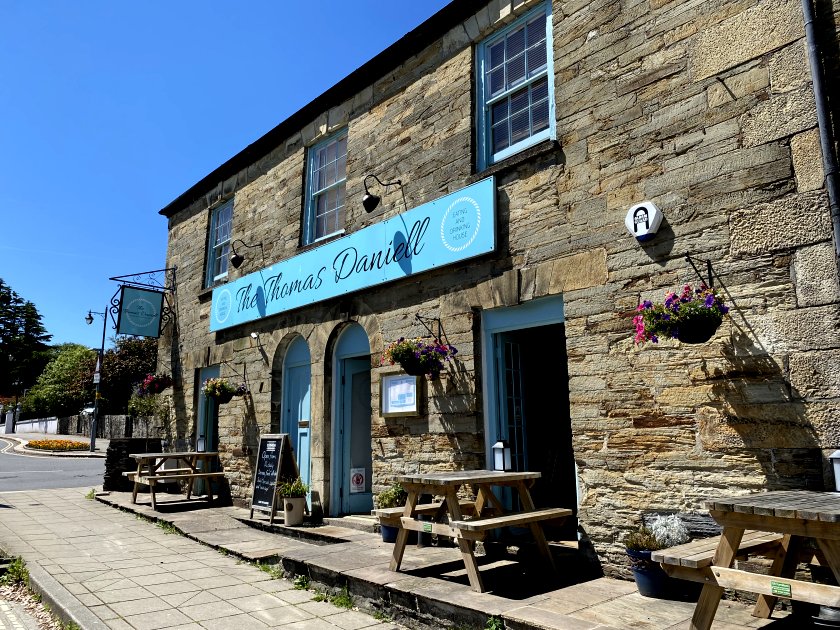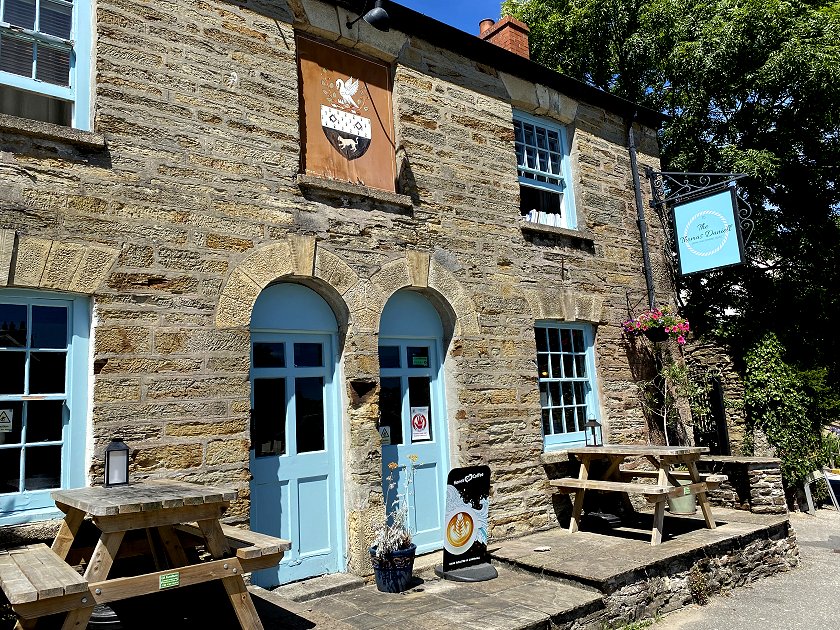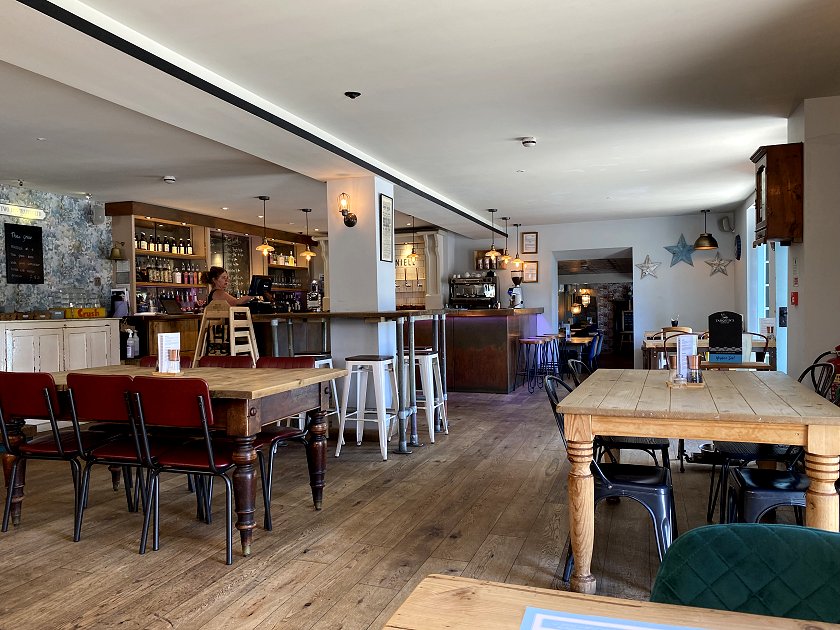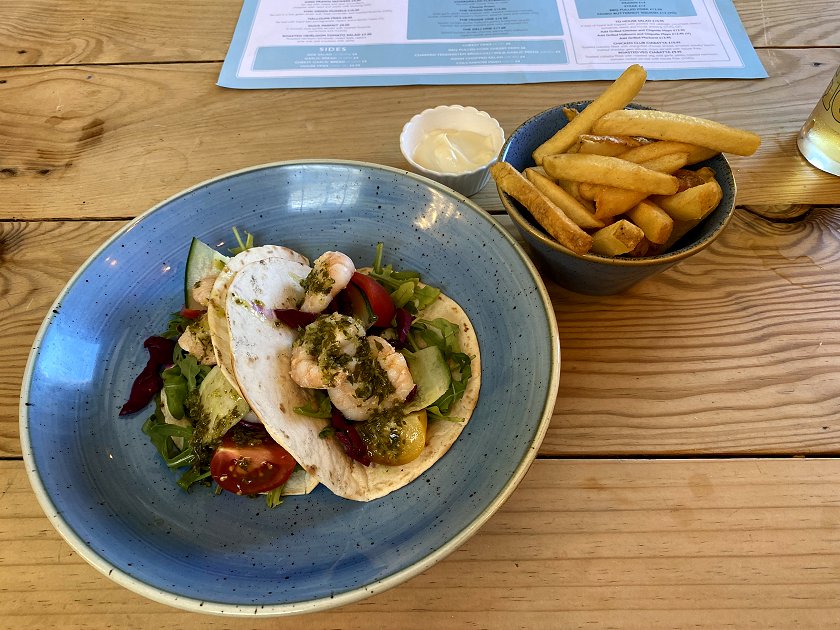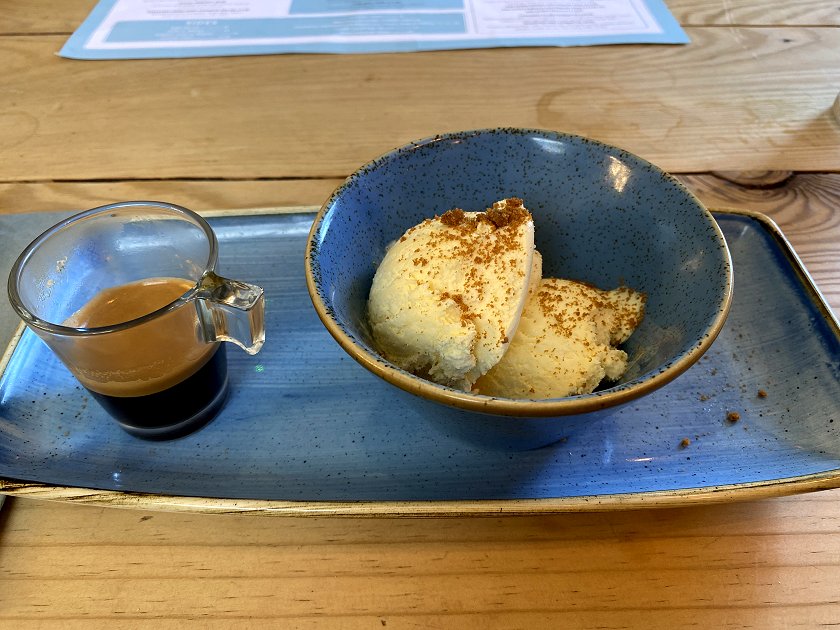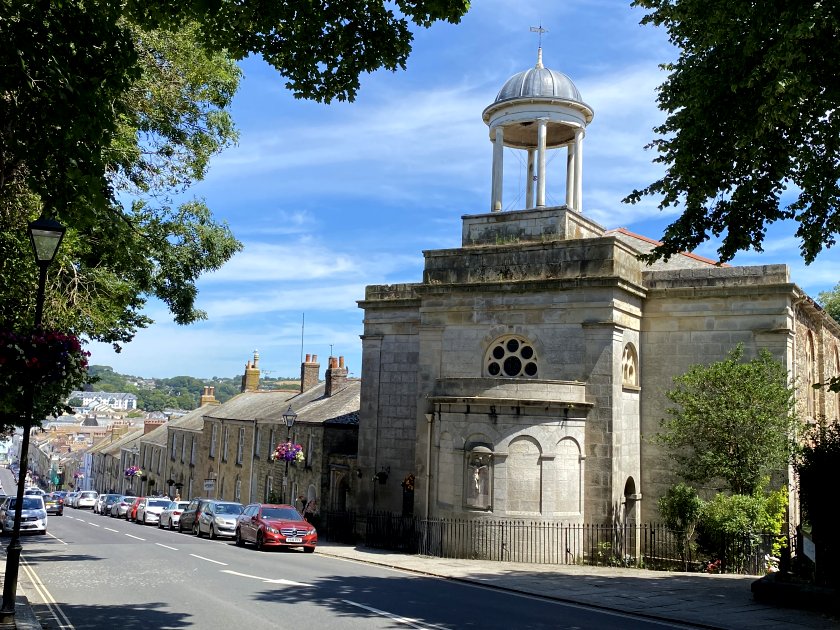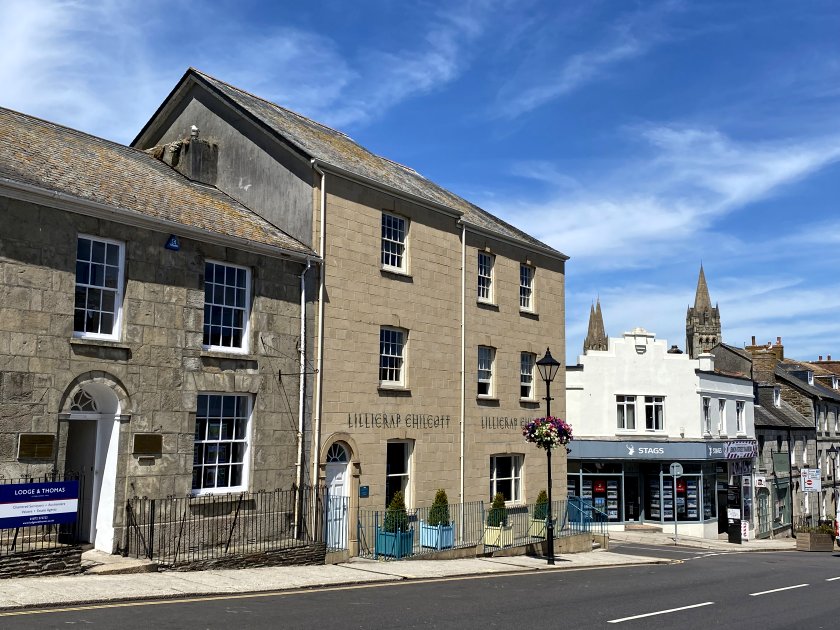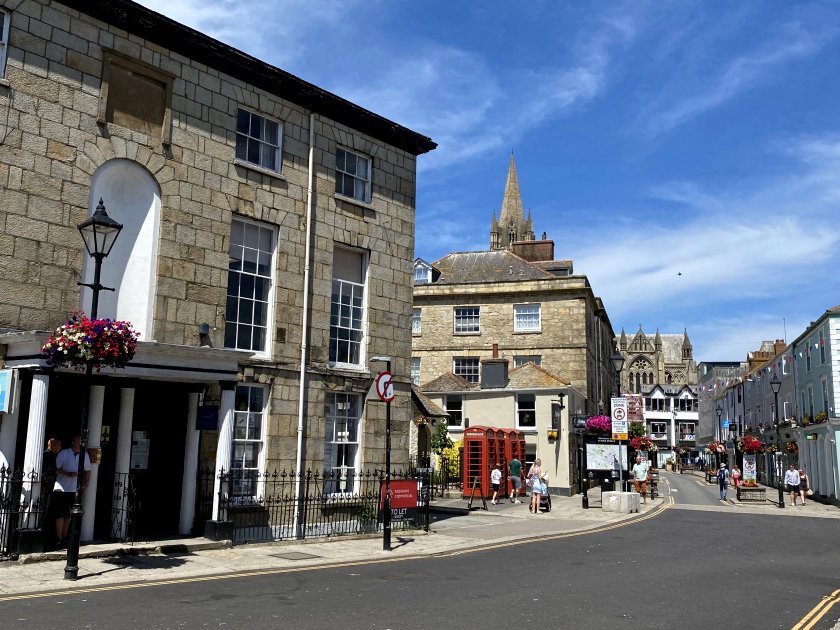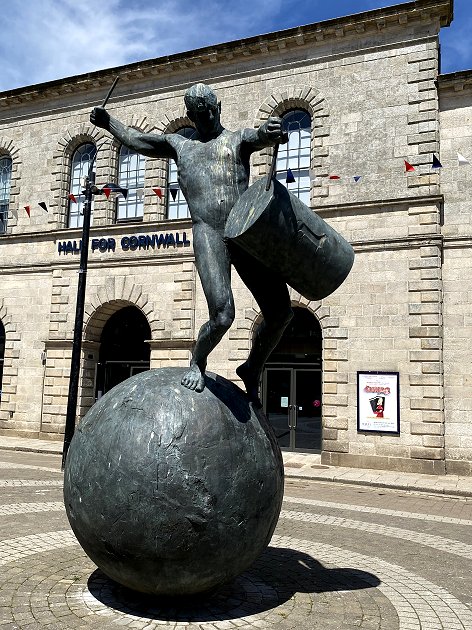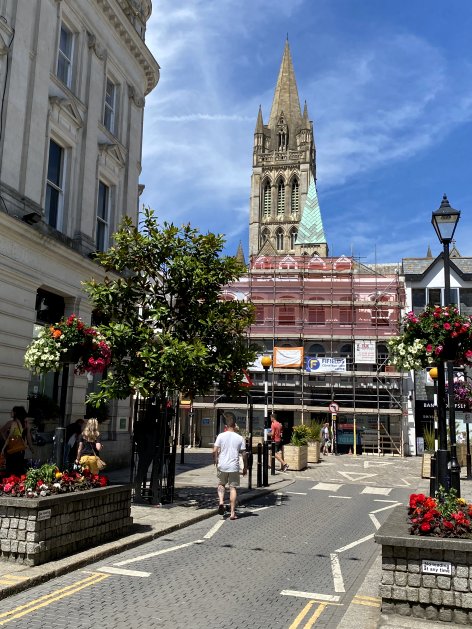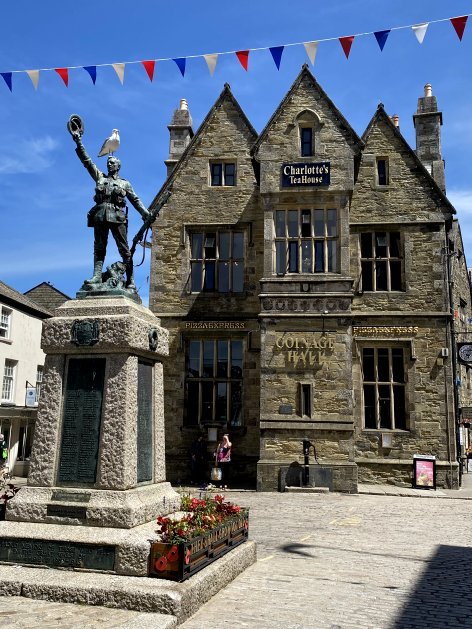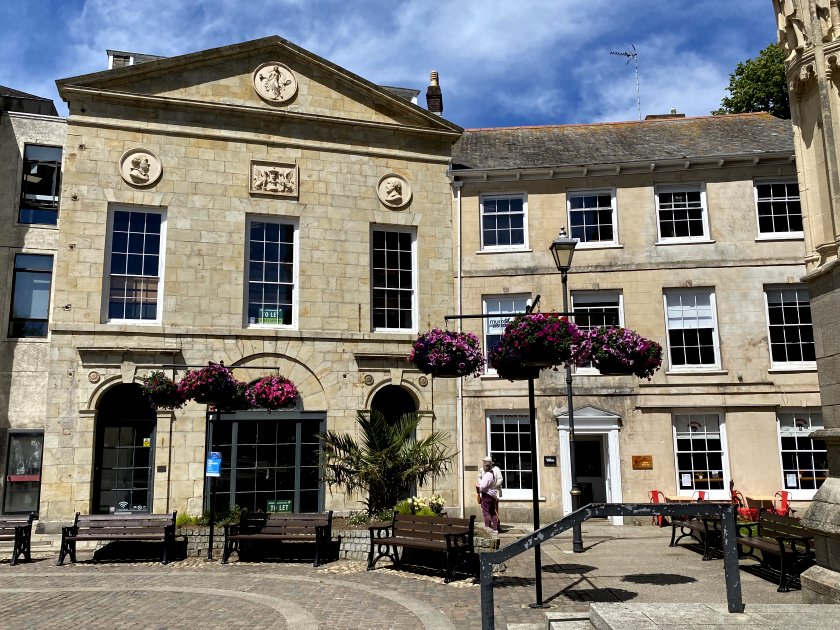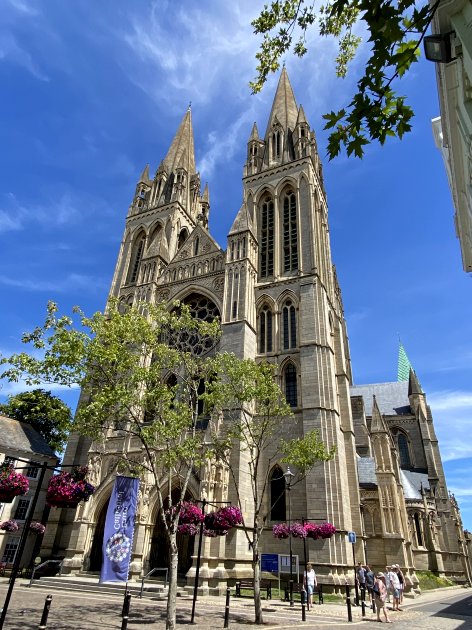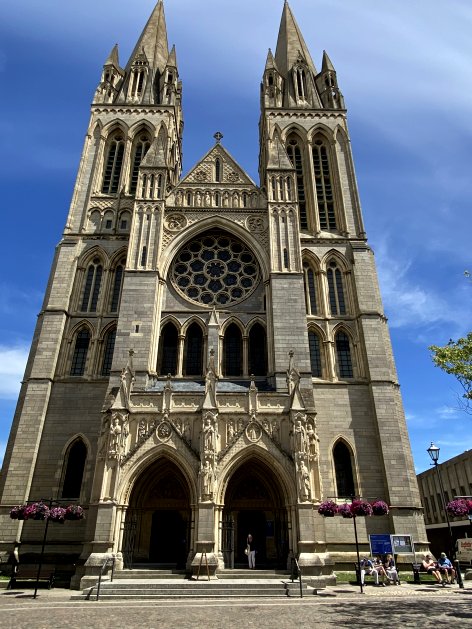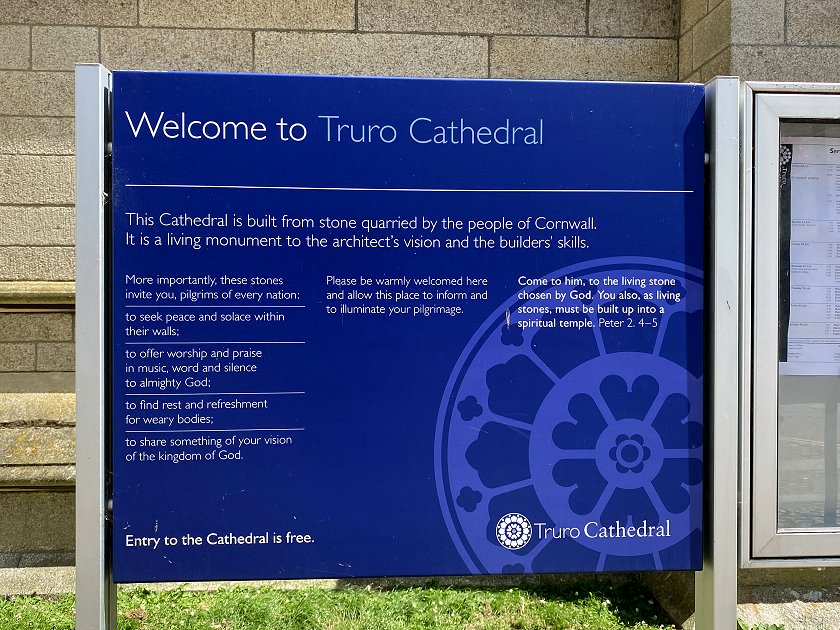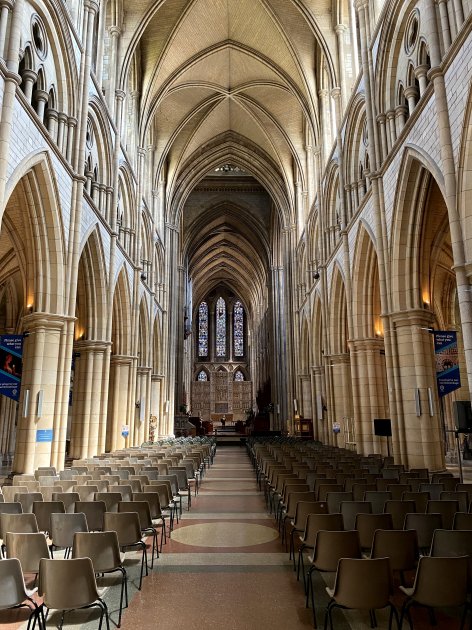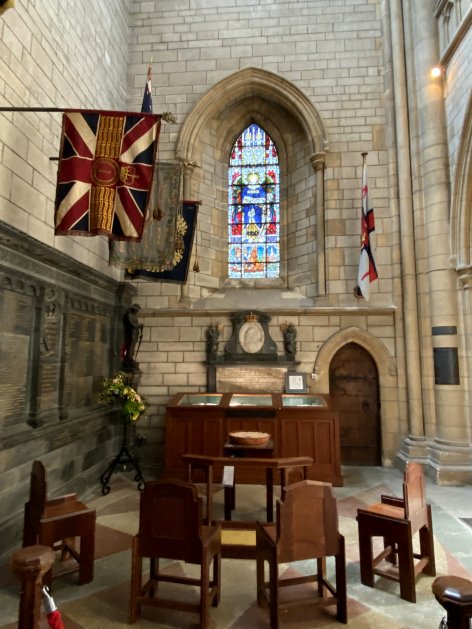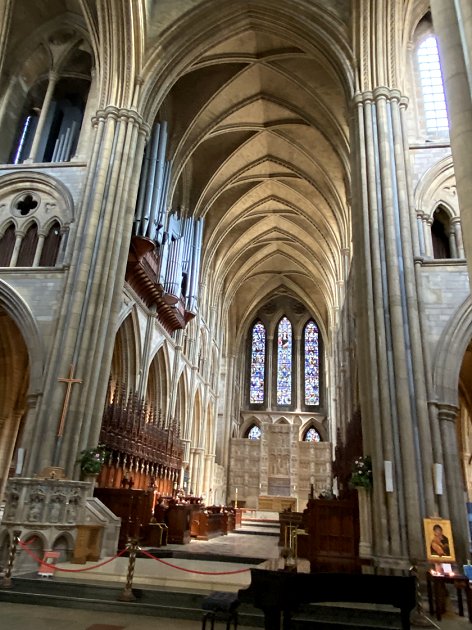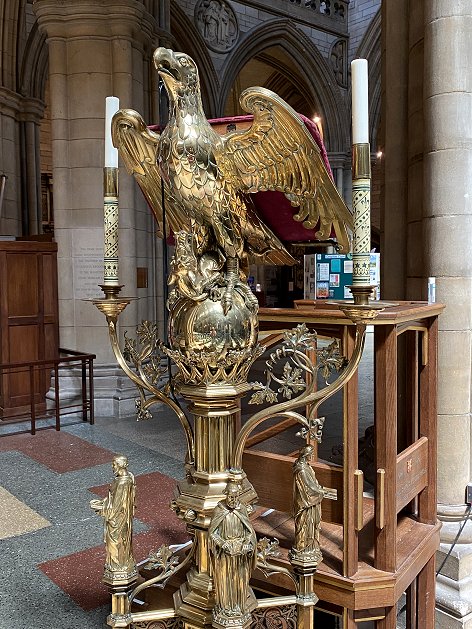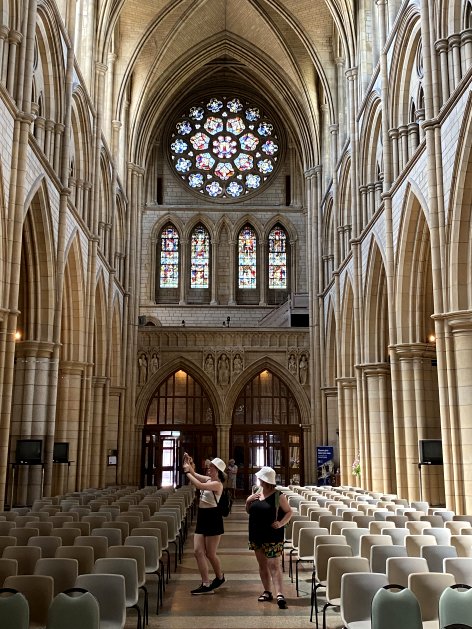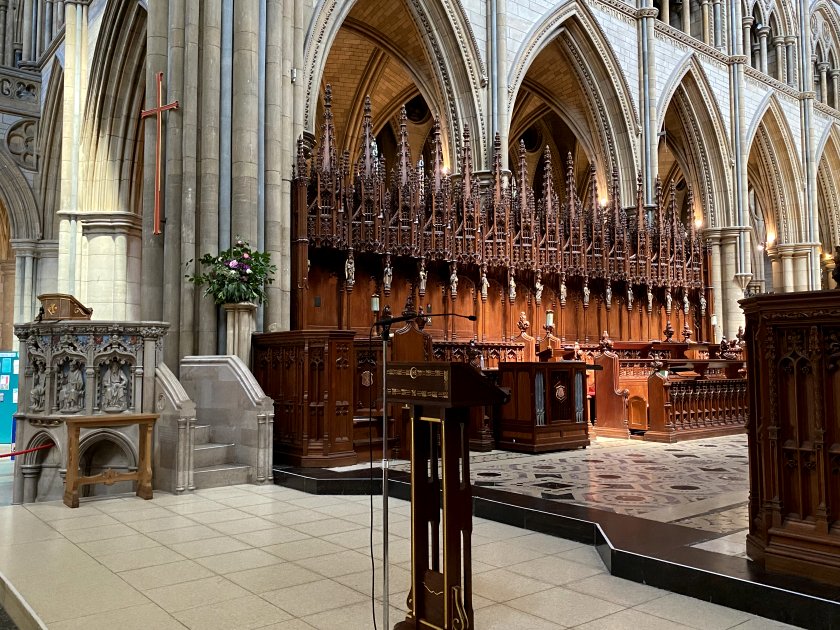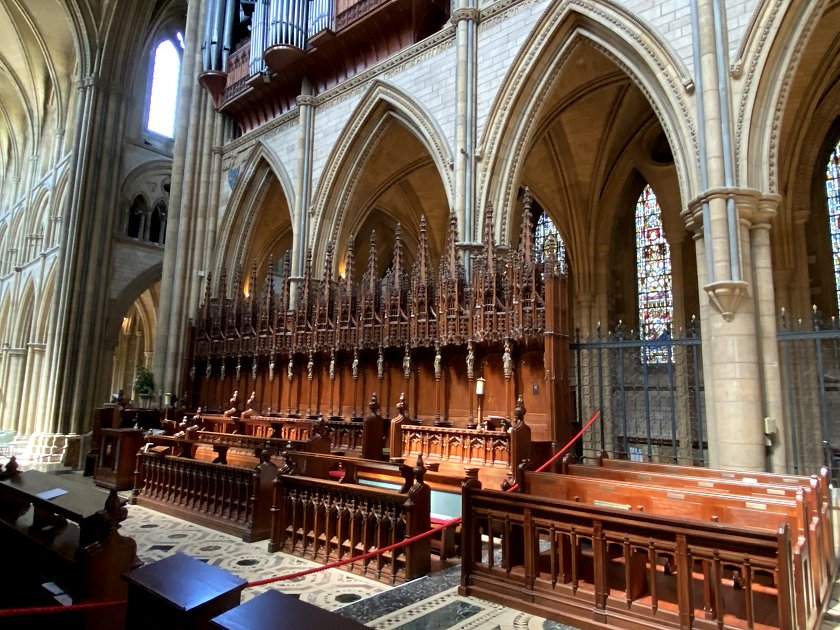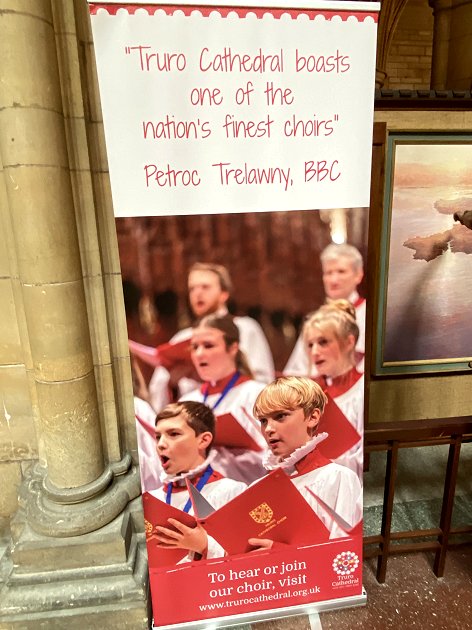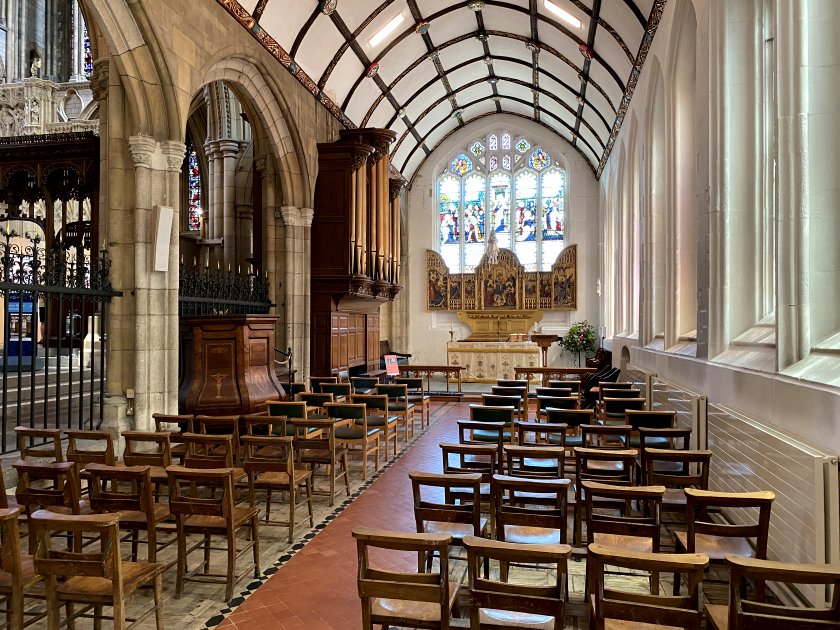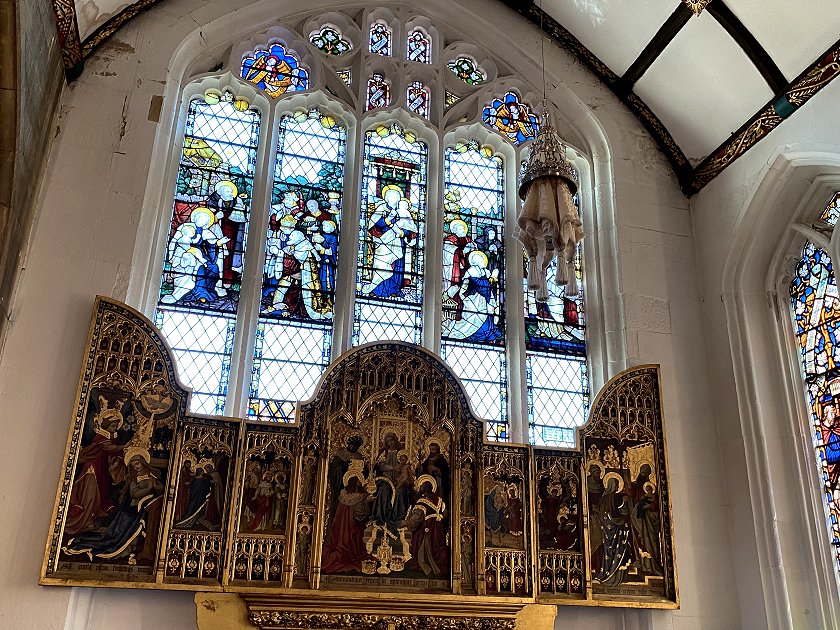Introduction & Arrival
Until summer 2022, Cornwall was perhaps the single most spectacular ‘oversight’ in my personal travel history within the UK. (Others still remaining include SW Wales, the Moray Coast, Shetland and far too many of the Western Isles.) My Bristol-based friend Bruce has close family in Cornwall, and he had agreed to do a stint of ‘dog-sitting’ in July 2022, while the family enjoyed a holiday. When they kindly agreed to a proposal for me to come down and keep Bruce company, I jumped at the chance to fill this glaring gap in my UK travel history with a substantial 9-night stay.
Cornwall is one of the furthest parts of England from the capital: a London-Penzance journey is a comparable distance to London-Carlisle (except that the motorway fizzles out on the former), but both are appreciably shorter than London-Berwick upon Tweed. Perhaps more importantly, Cornwall is the only substantial part of England that is truly Celtic – a heritage that it shares with Scotland, the island of Ireland, Wales, Brittany and the Isle of Man. In the Cornish language, the area is known as Kernow.
My outbound journey made use of the direct Edinburgh-Newquay service, operated by Scottish airline Loganair using ex-bmi Regional Embraer 145 equipment.
Falmouth (Swanpool)
Later on my arrival day, we walked to the Swanpool area of Falmouth to exercise the dogs. Afterwards, back at base, we enjoyed an al fresco barbecue in the glorious evening sunshine – what a great start to the trip!
Penberth Cove
The following day, Sunday, Bruce was again free all day. We seized the opportunity to take in some sights near the southwestern tip of both Cornwall and the island of Great Britain. Heading initially for Penzance, then following the coast through Mousehole (pronounced “MOUzel”), we made our first extended stop at Penberth Cove, a National Trust site. Here, my new four-legged friends started their big day out by enjoying plenty of time off their leashes.
Porthcurno and the Minack
Once we were done at the cove, our next objective lay a mere couple of miles away, in the small coastal village of Porthcurno. The Museum of Global Communications, also known as PK Porthcurno after its telegraphic code, marks the location where many transatlantic and other long-distance cables came ashore into the United Kingdom.
Our interest-packed visit also underlined a conclusion that I had already been tentatively coming to: Cornwall must surely be the most dog-friendly part of the UK. Whether it’s a museum, pub, smart restaurant or just about anywhere else, well behaved dogs are almost universally welcome.
Although our main afternoon objective lay just a short distance away, we moved the car as the route involved a steep uphill climb on a busy, narrow road with no footpaths. Dating from 1932, the Minack Theatre is an open-air venue situated on a spectacularly steep rocky outcrop on Porthcurno Bay. Despite the fact that we had not come to see a scheduled performance, our visit happily coincided with rehearsals for Mozart’s Don Giovanni. Afterwards, we gave the dogs a bit more exercise by walking to nearby St Levan to see the historic church, then briefly called at Land’s End in the early stages of the drive back to Falmouth. It was just as unattractive as its Scottish counterpart, John o’ Groats, 876 miles distant.
Roundwood Quay (near Truro)
The following day, Monday, marked the start of a new working week and therefore a slightly new routine. It didn’t directly affect me (as is obvious from the name of this website!), but for Bruce it meant ‘back to work’. The good news was that as his employer is based in the Eastern Seaboard of the USA, his working day starts at 1pm UK time. So the next five days would consist of either exercising the dogs in the morning, followed by exploring on my own, or taking a full solo day trip.
Today followed the first pattern, and the morning visit was to Roundwood Quay, another National Trust site.
City of Truro
Truro is Cornwall’s county town and Britain’s most southerly city. With a population of only 19,000, it is one of the smallest cities in England.
Truro Cathedral
Truro’s most imposing feature is its cathedral, which is the seat of the Bishop of Truro within the Church of England. A notable feature of the building is that it is one of only three UK cathedrals to have three spires. (One of the other two is St Mary’s Episcopal Cathedral in the West End of Edinburgh.) Truro Cathedral was built between 1880 and 1910, on the site of the parish church of St Mary the Virgin. The parish church’s south aisle was however retained and incorporated into the cathedral so that it could continue to function as a parish church. The cathedral as a whole follows the lead of the parish church in being dedicated to the Blessed Virgin Mary.
Another claim to fame of Truro Cathedral is that it started the Christmas / late Advent tradition of holding a service of Nine Lessons and Carols, something that is now more readily associated with King’s College, Cambridge.

